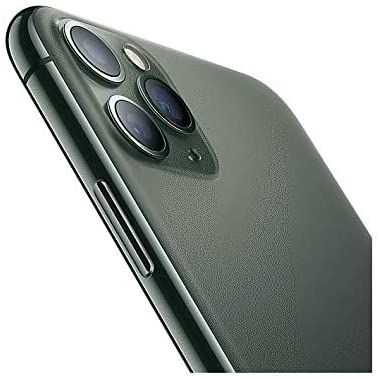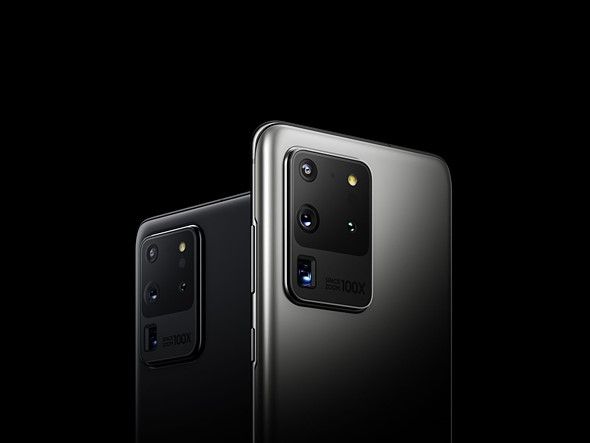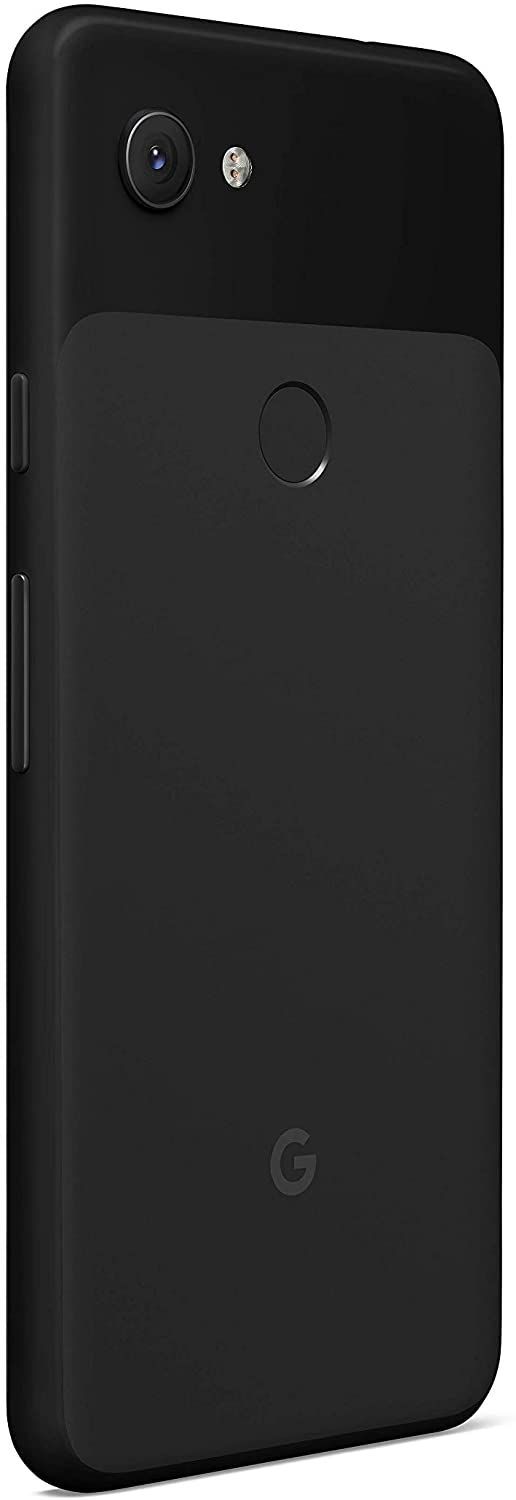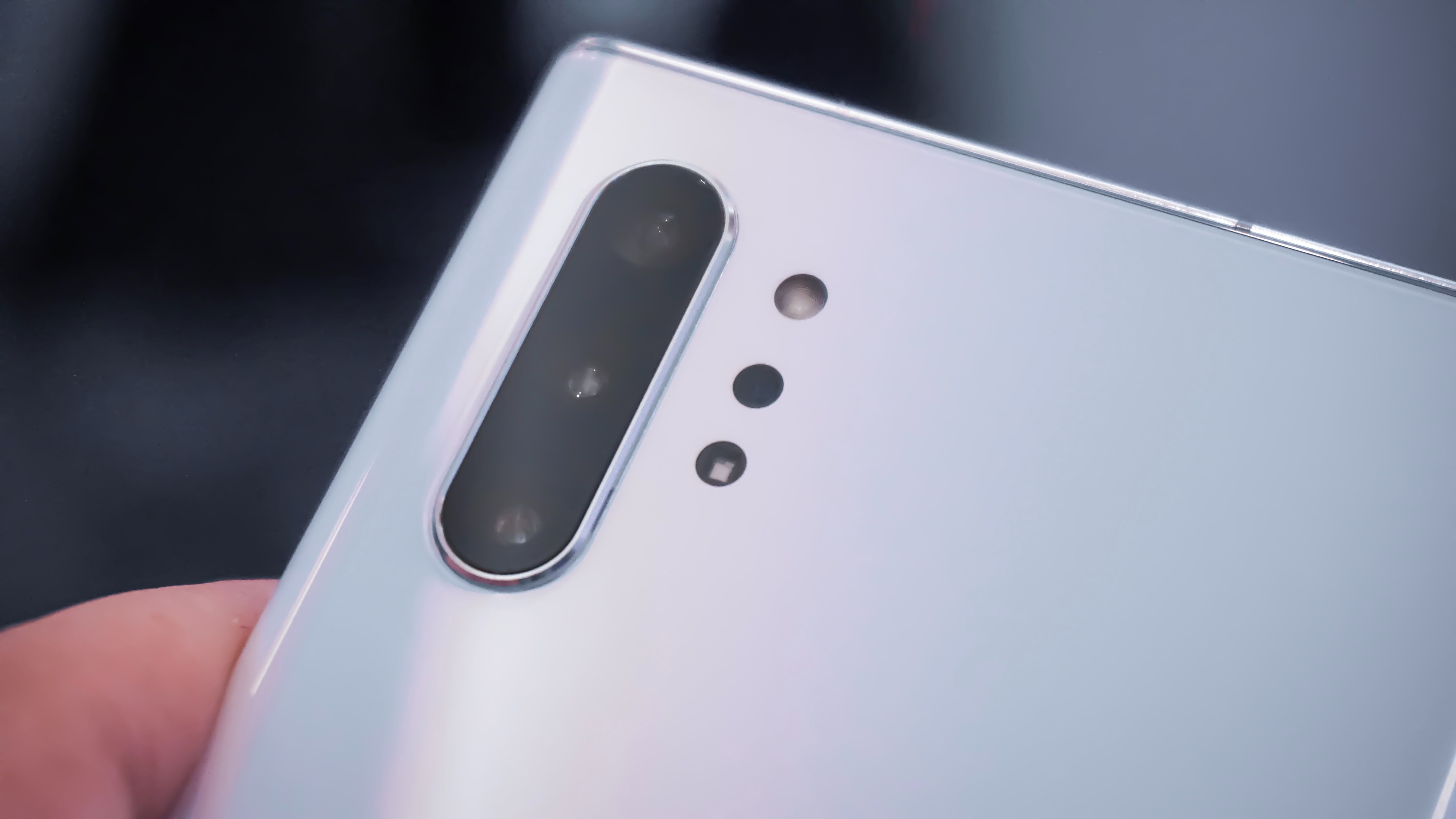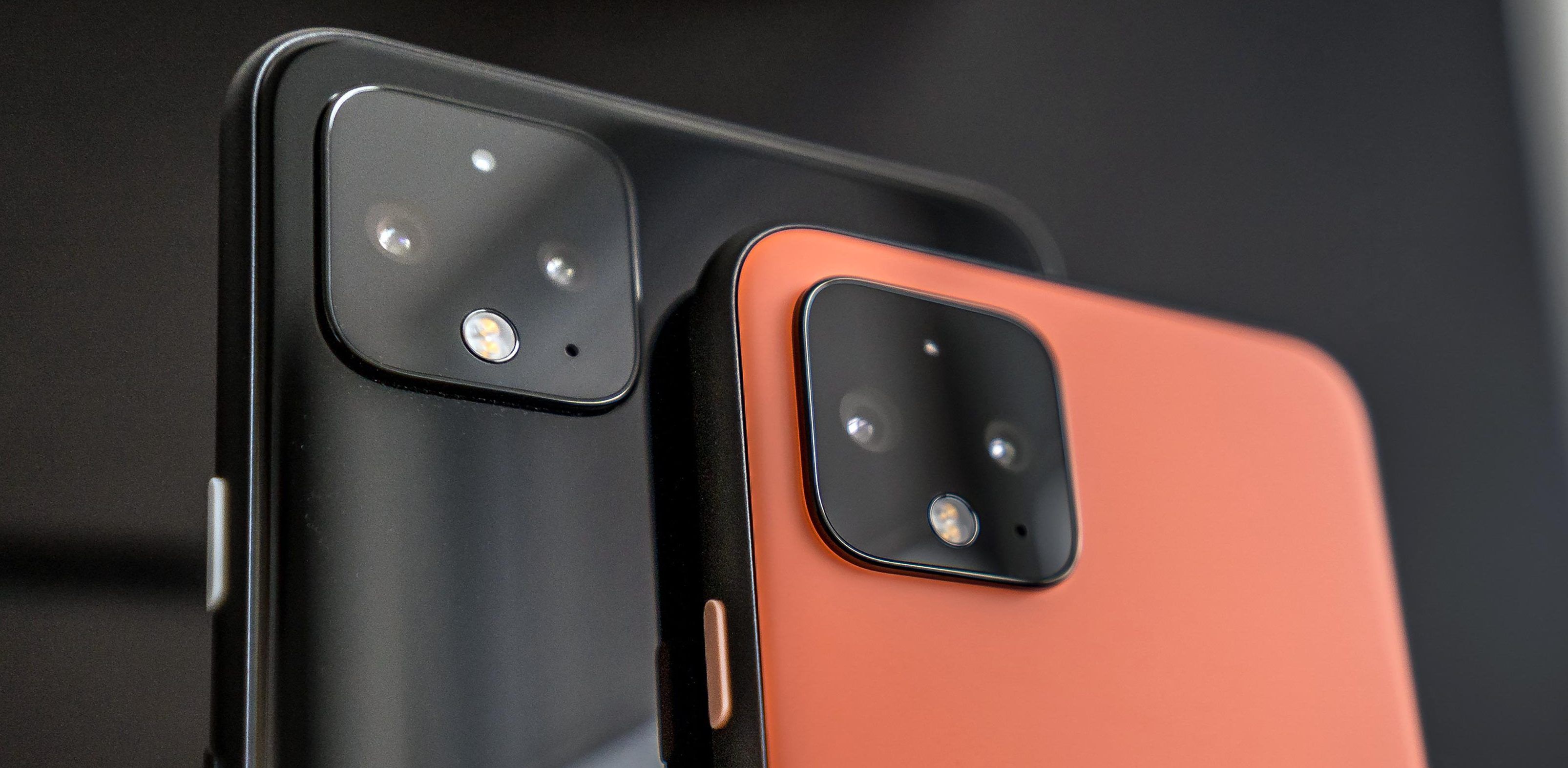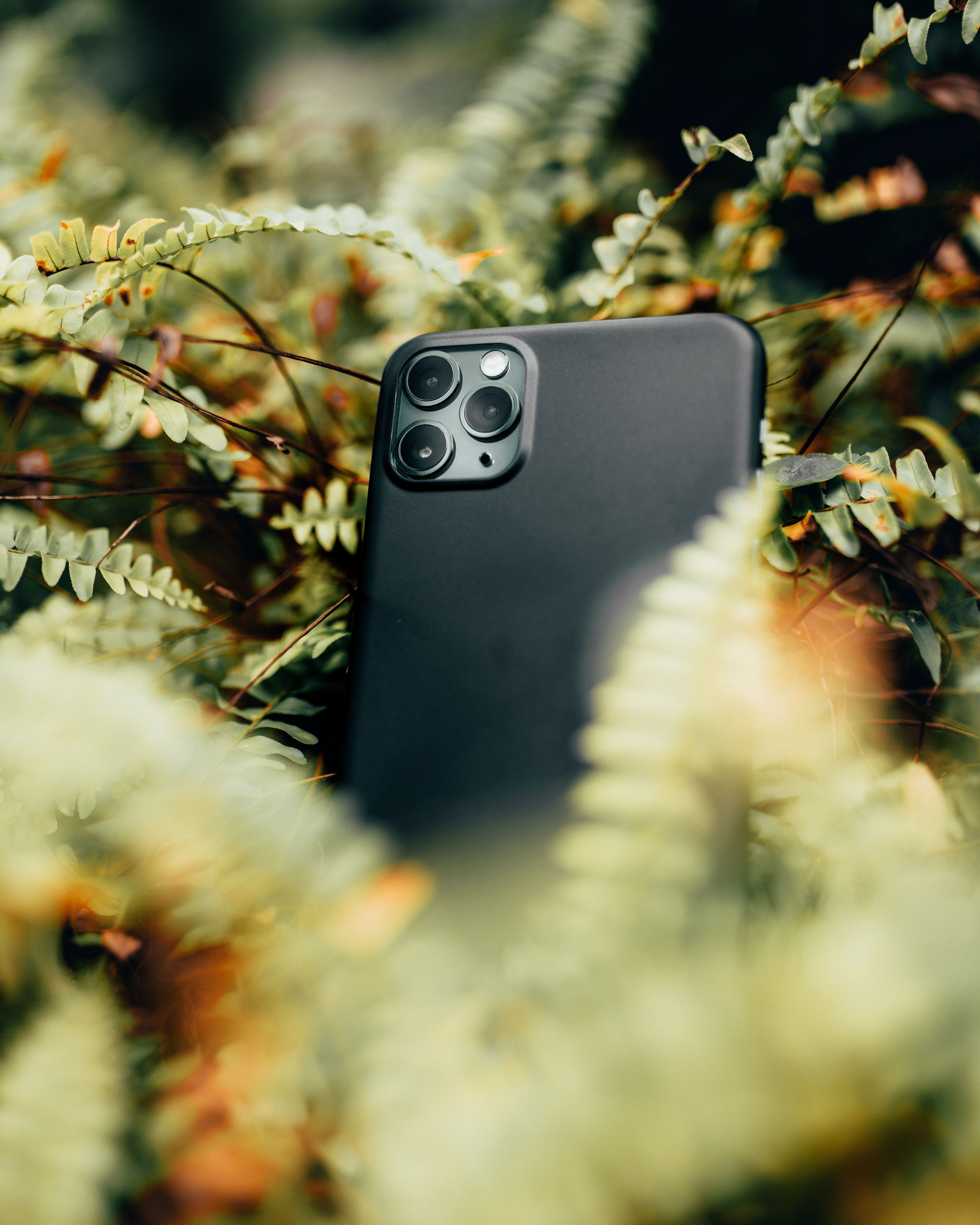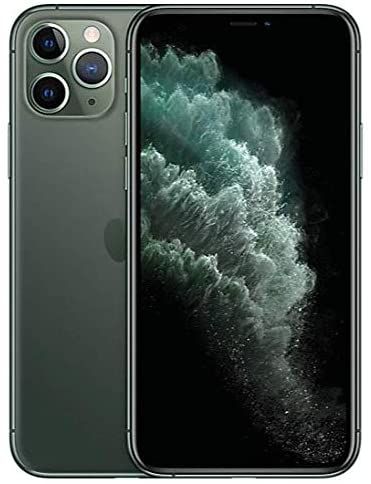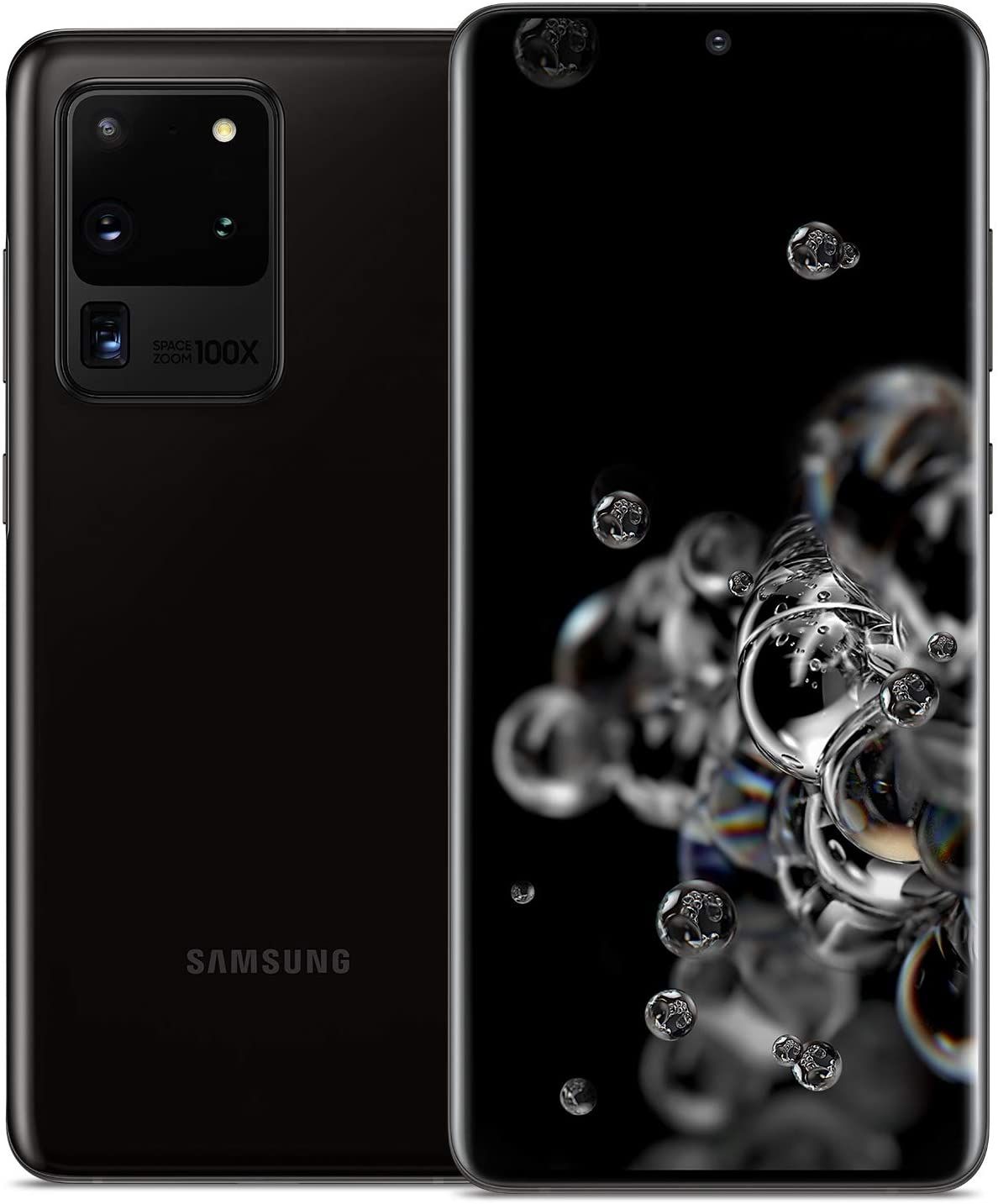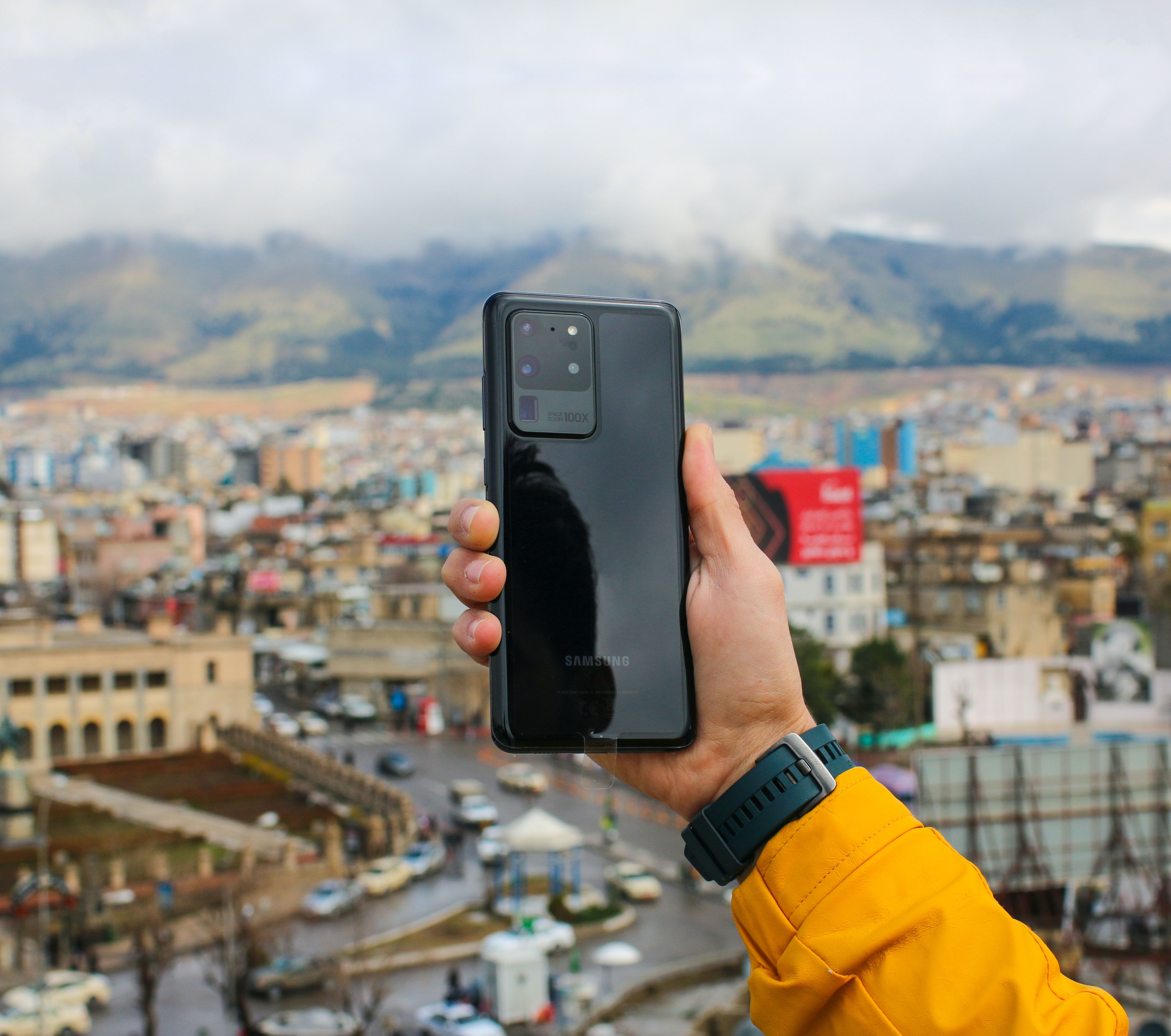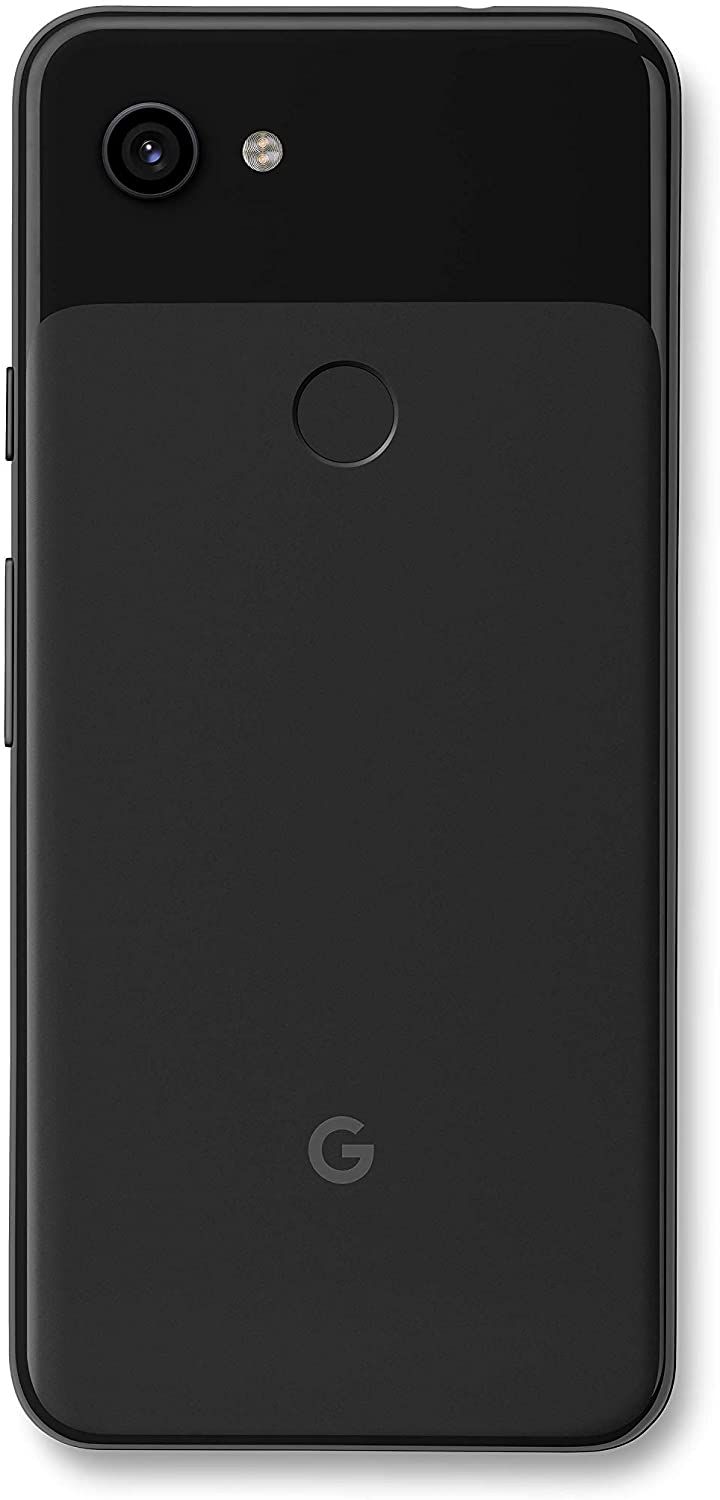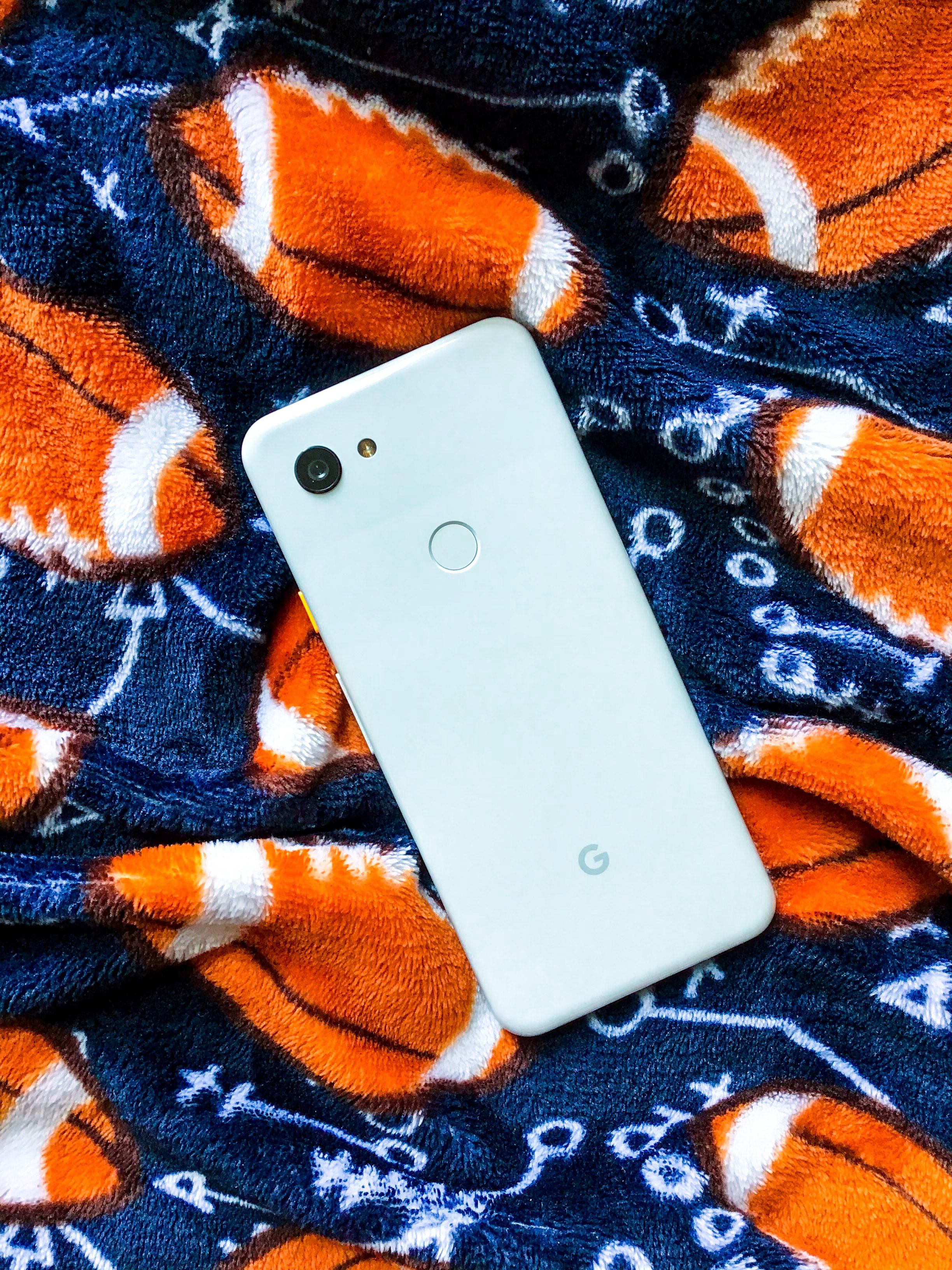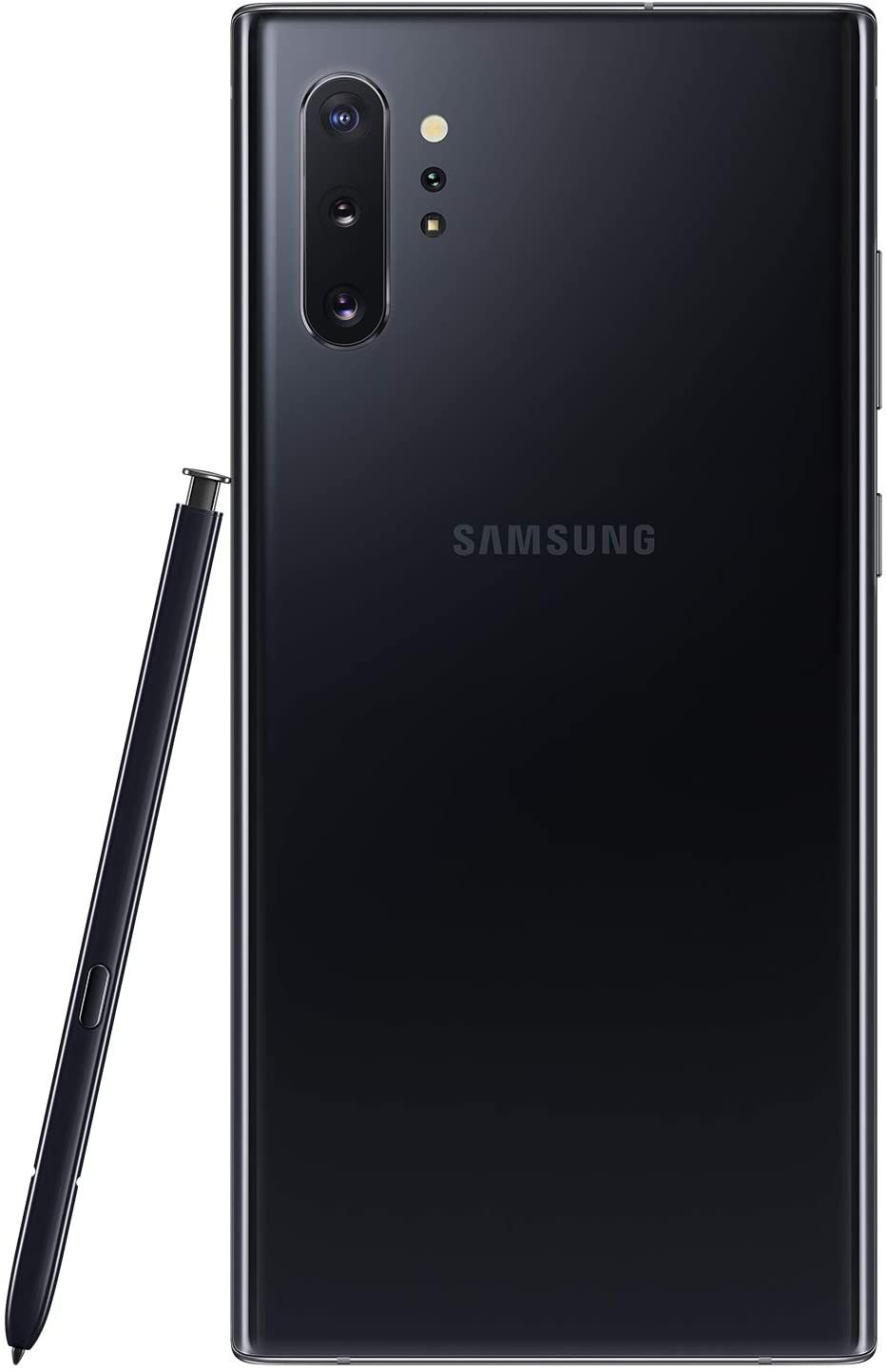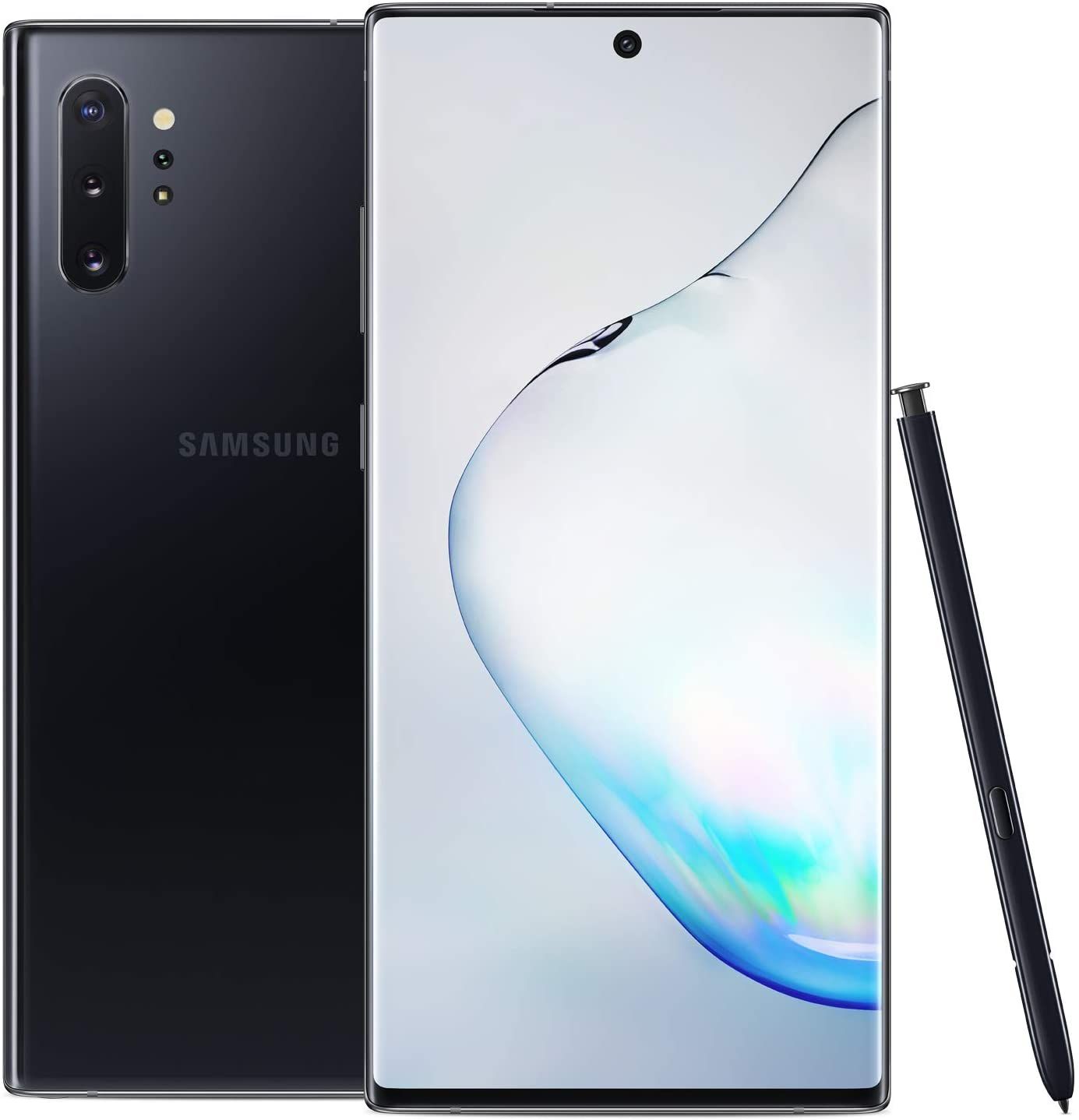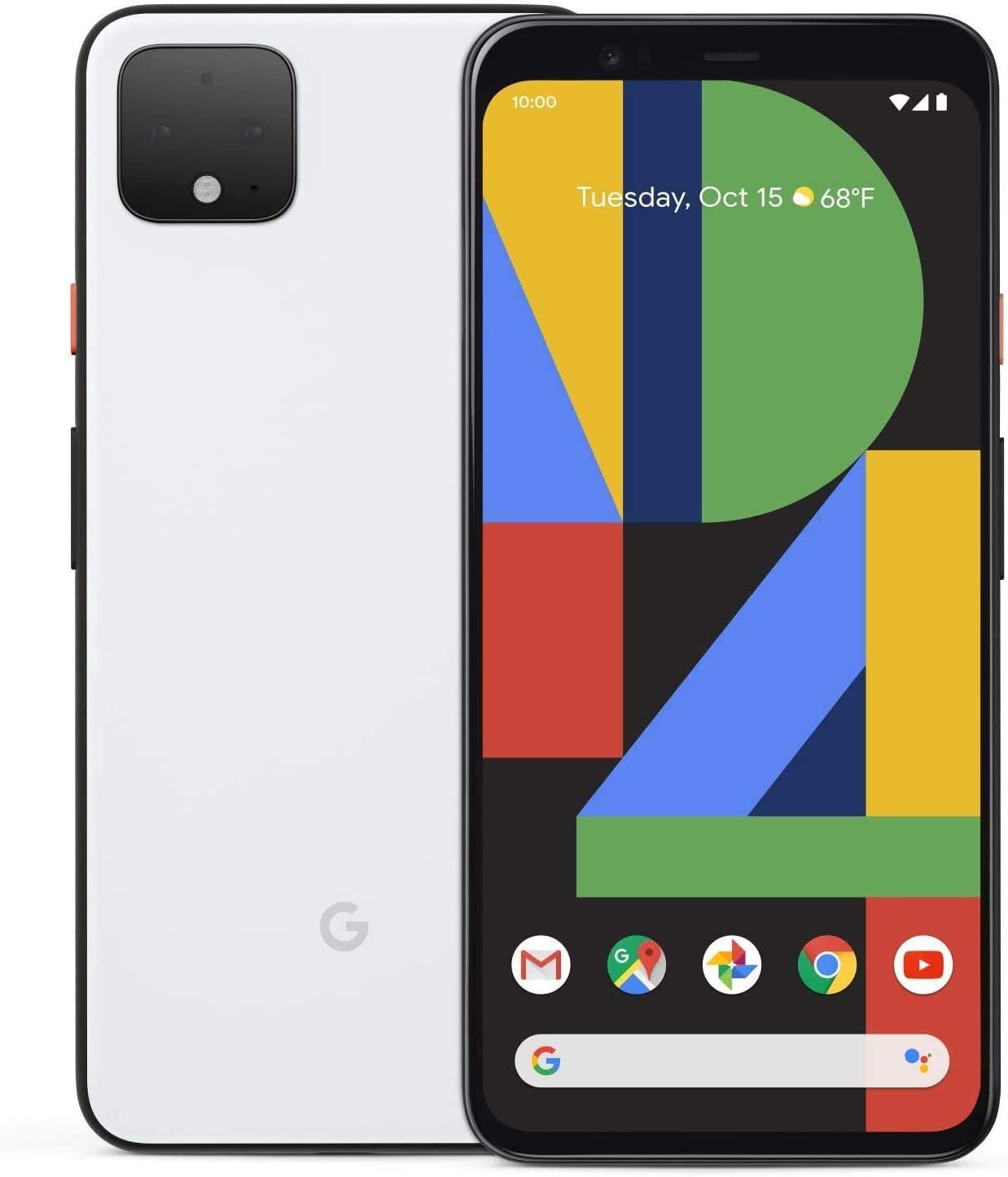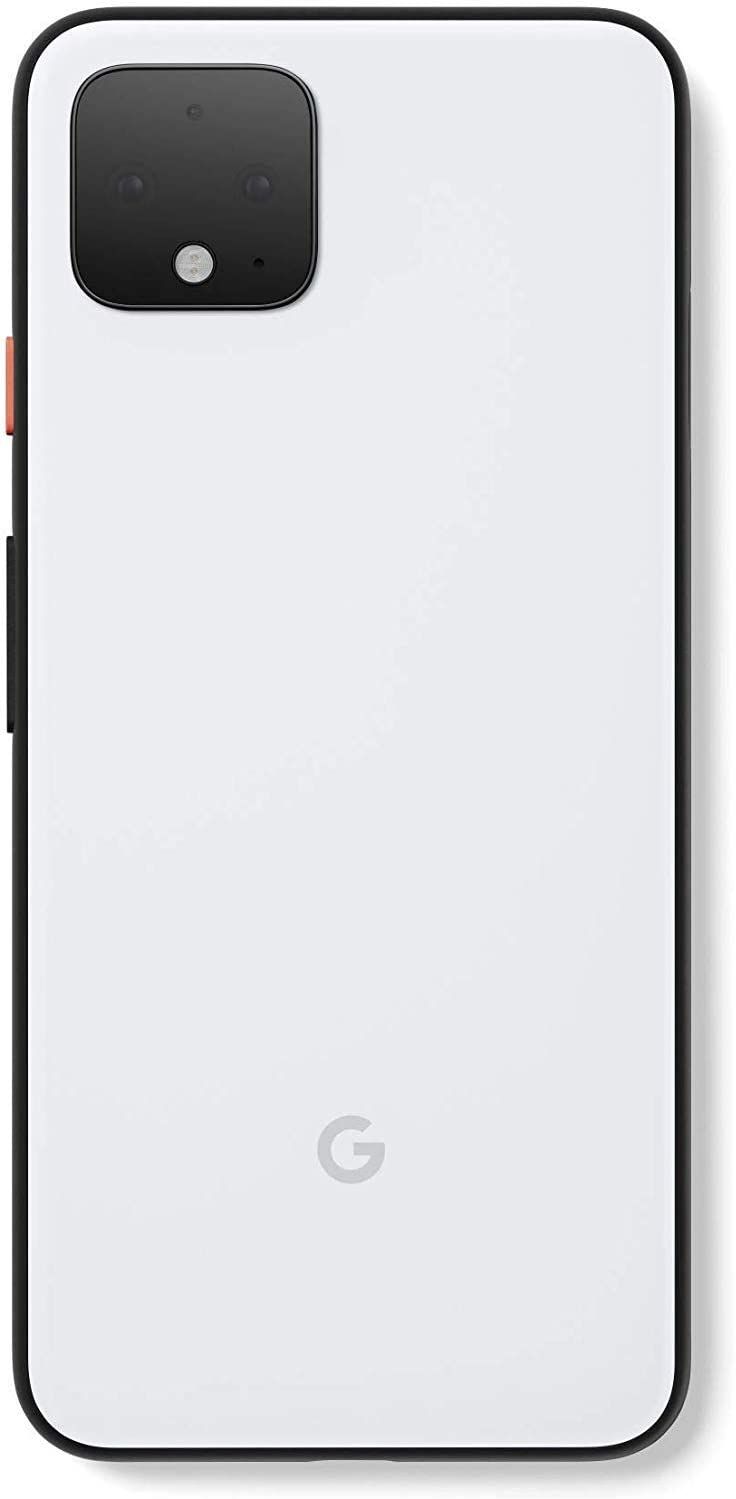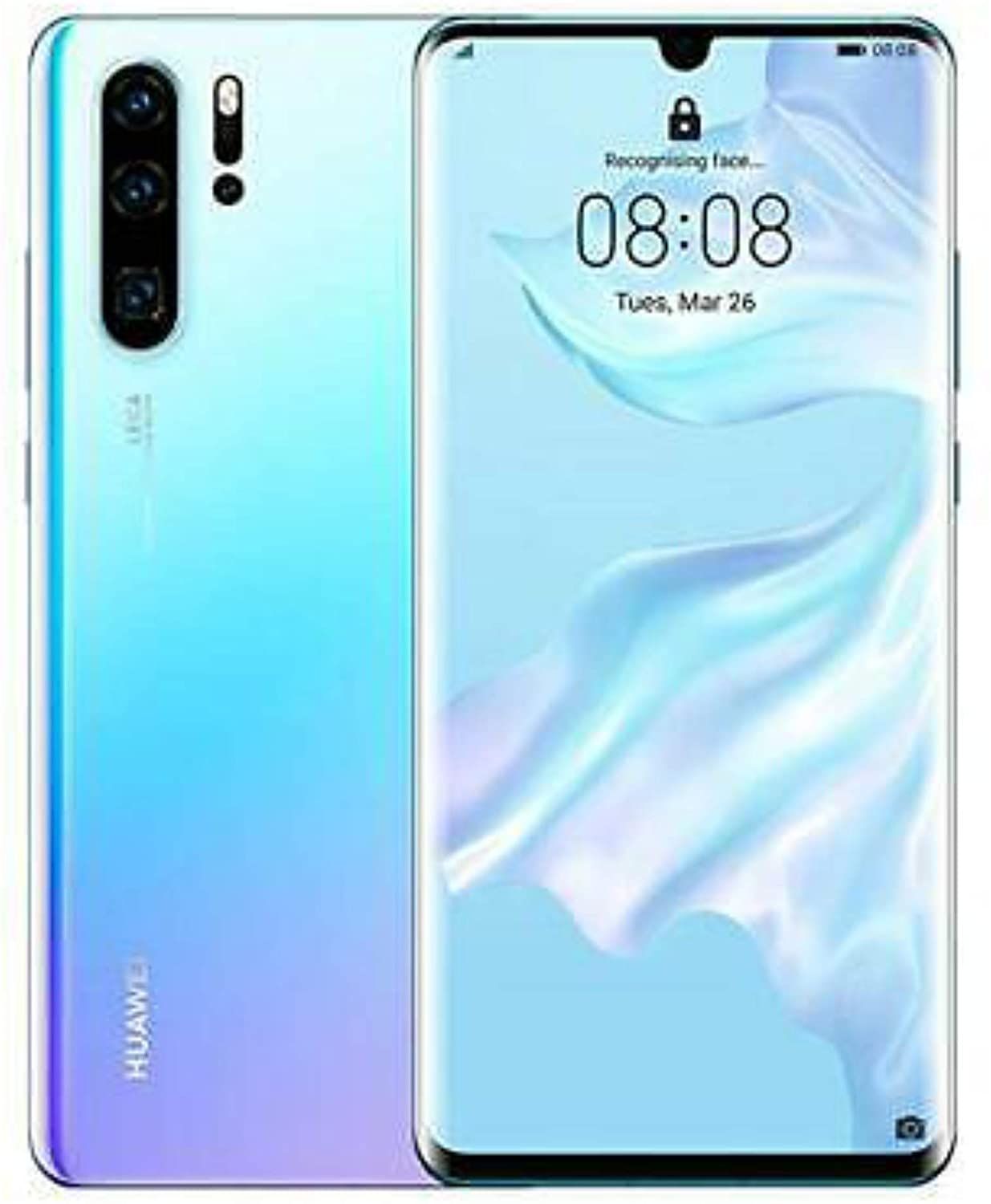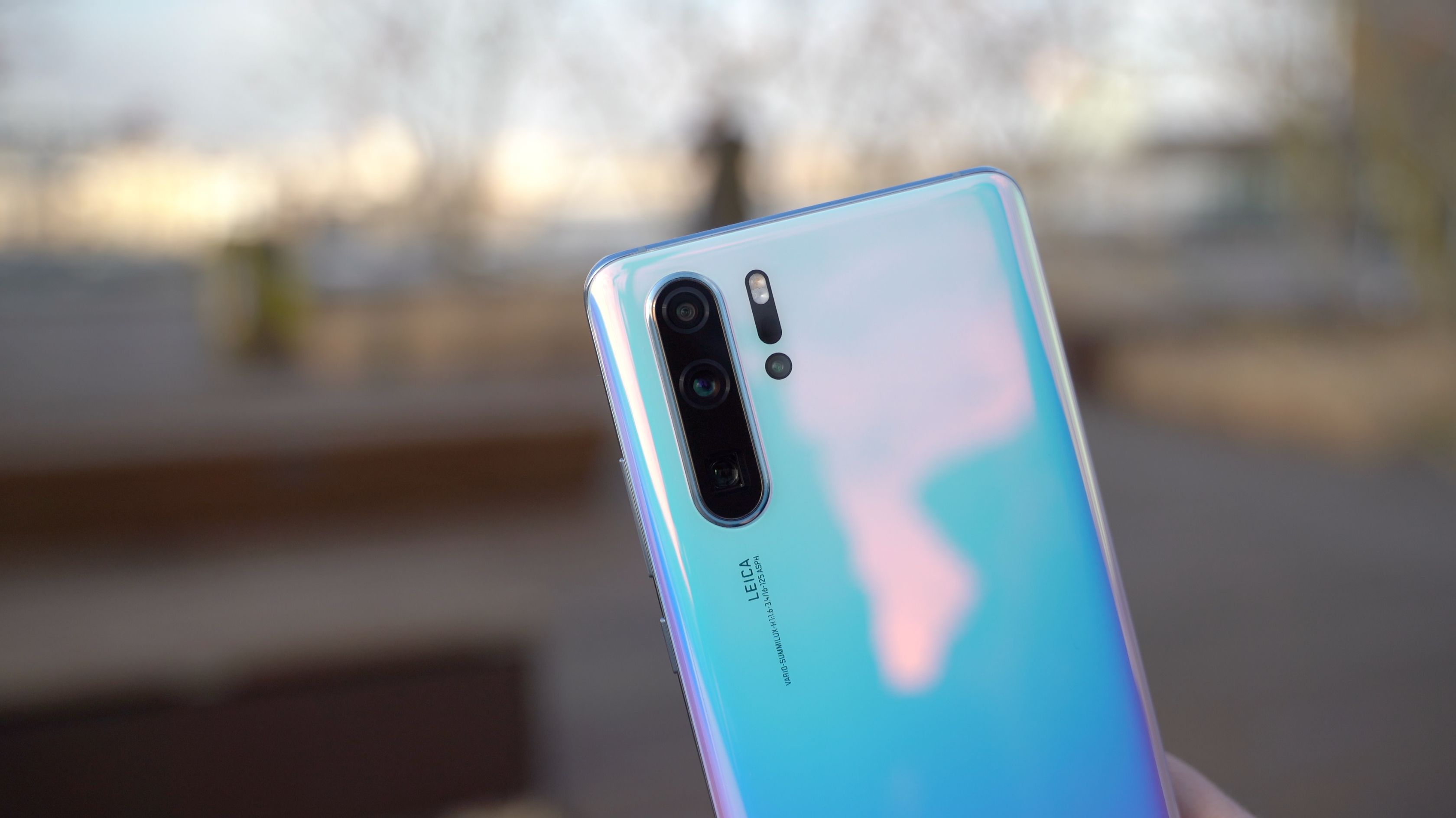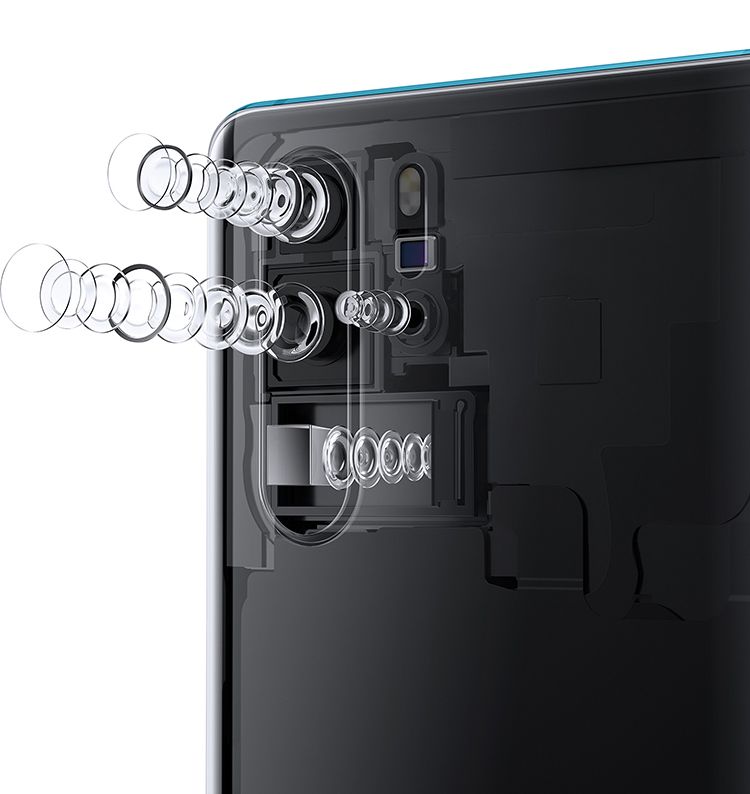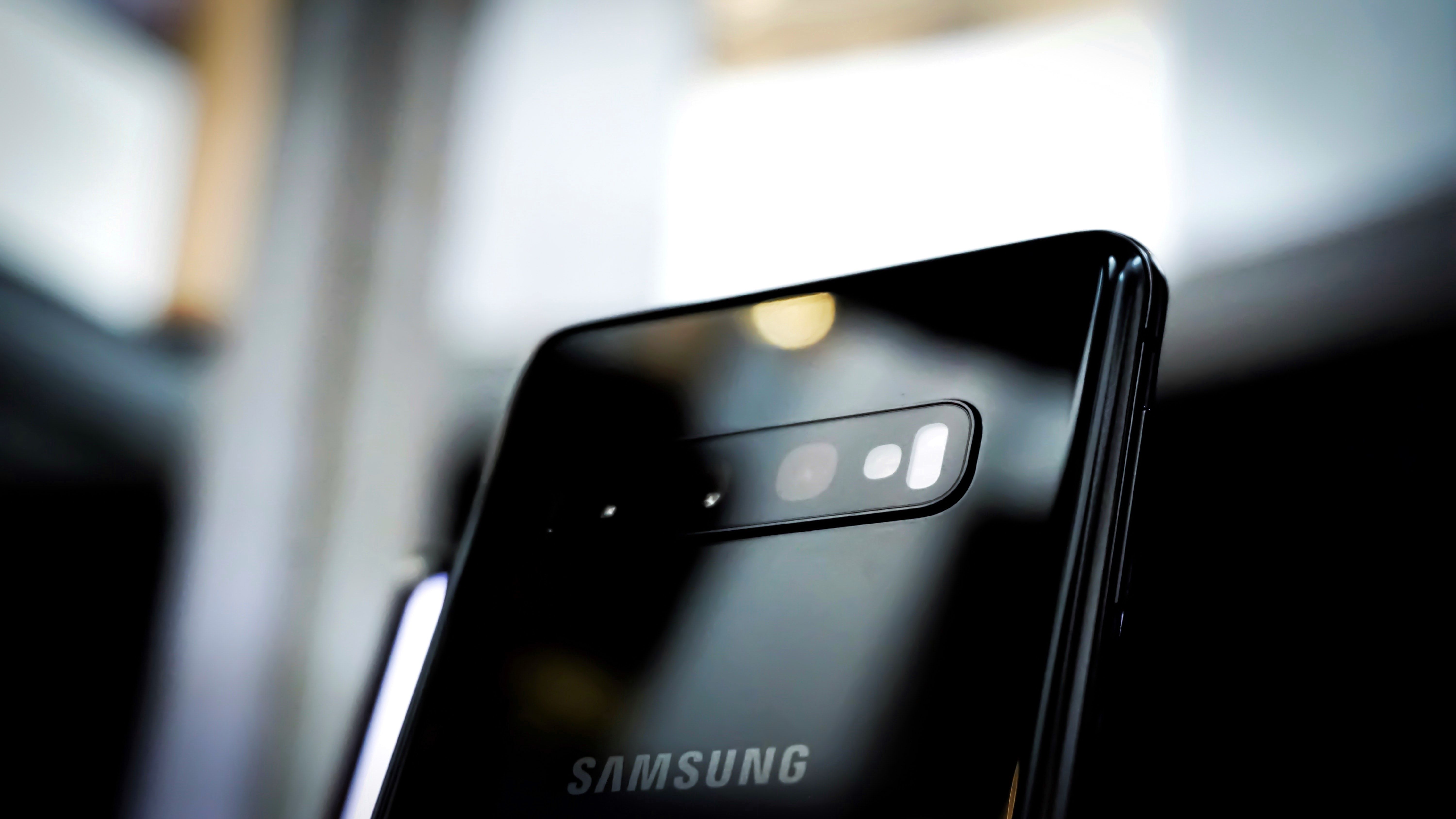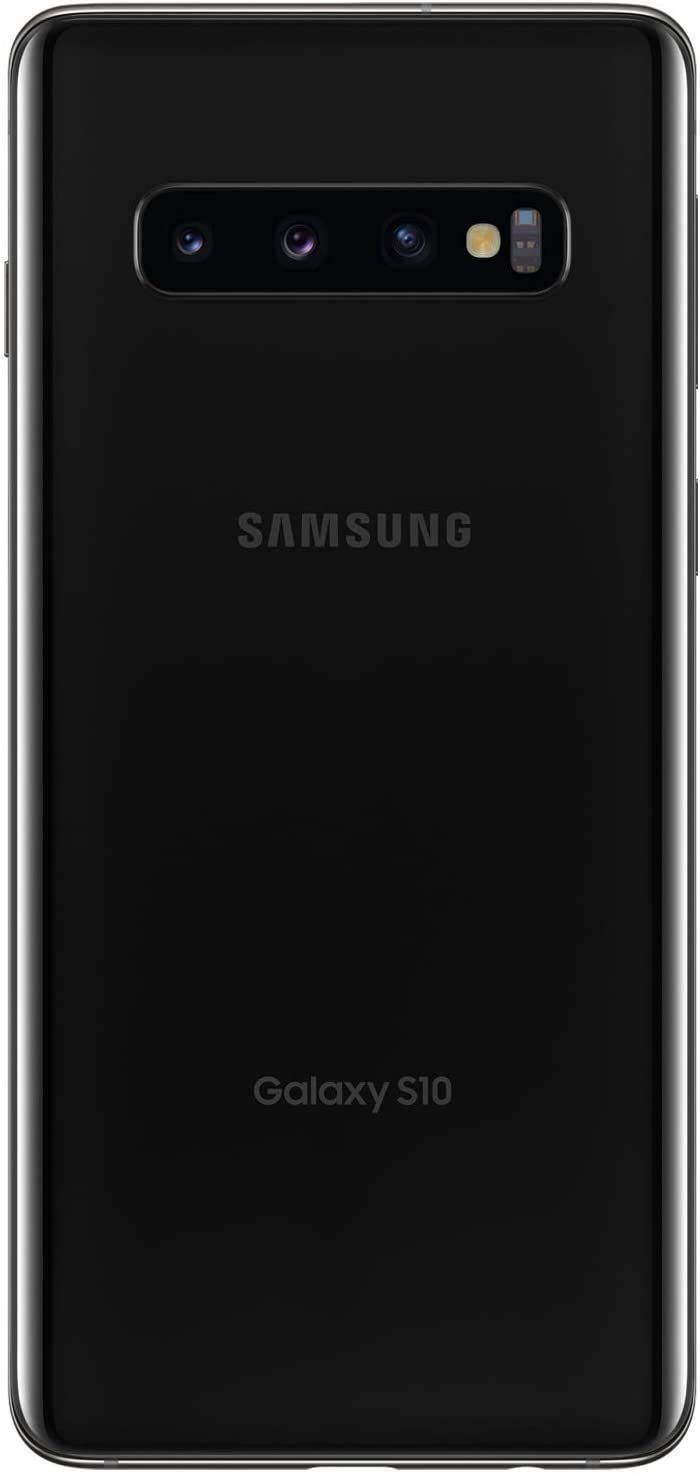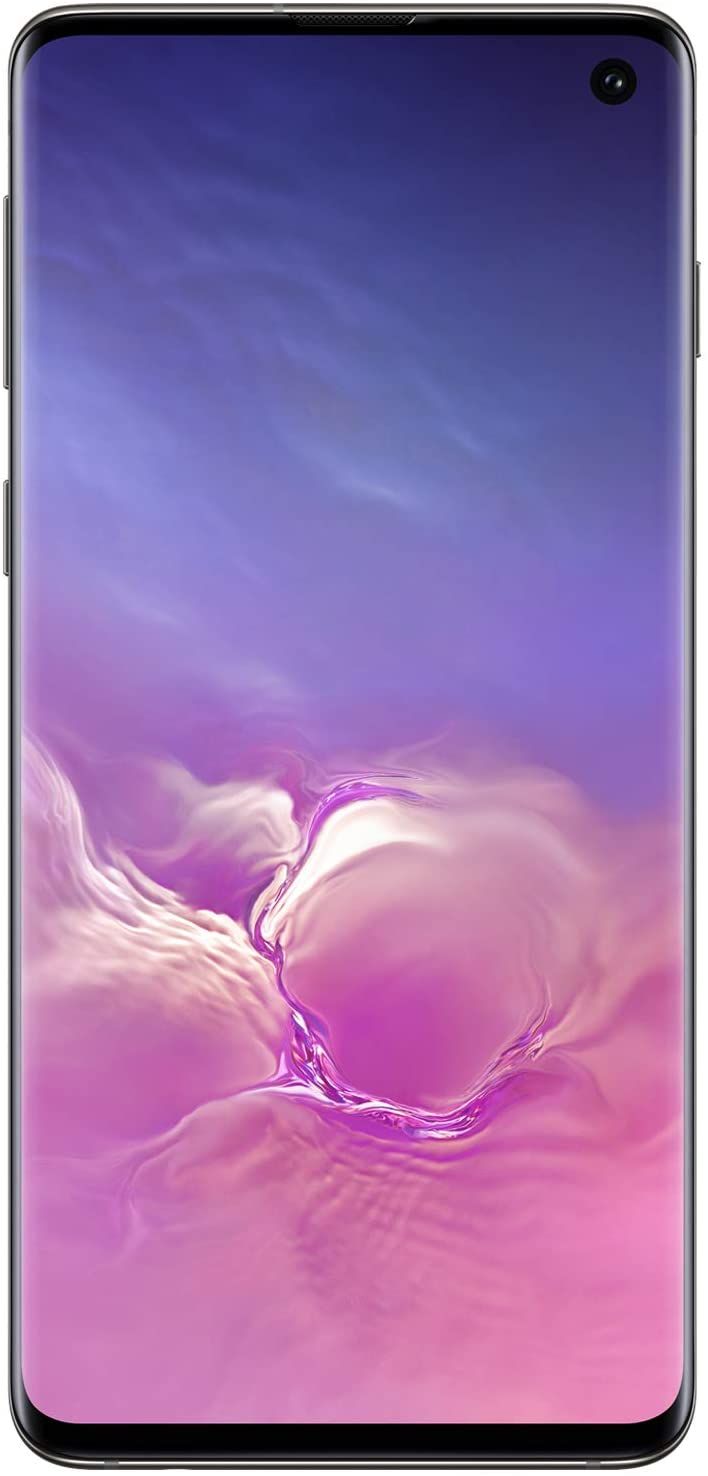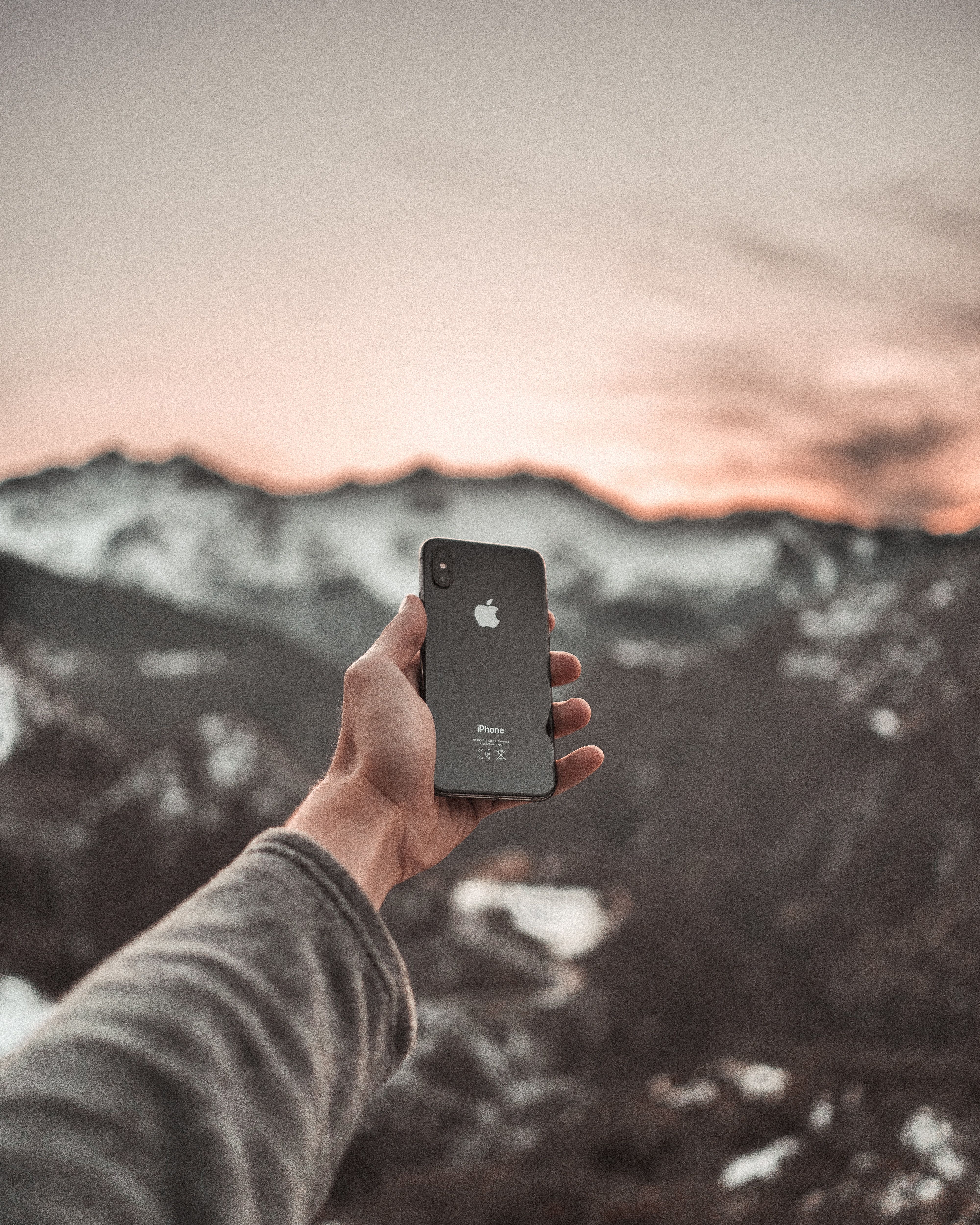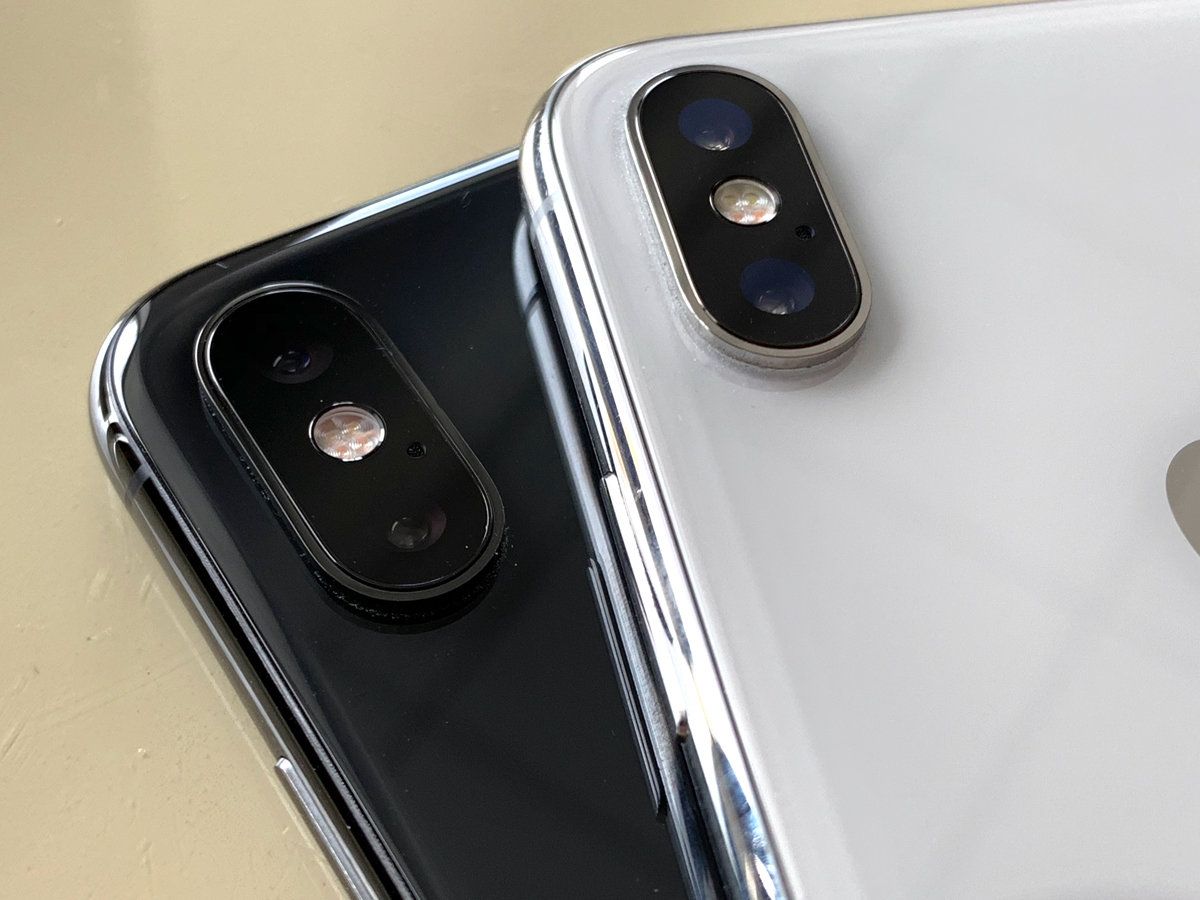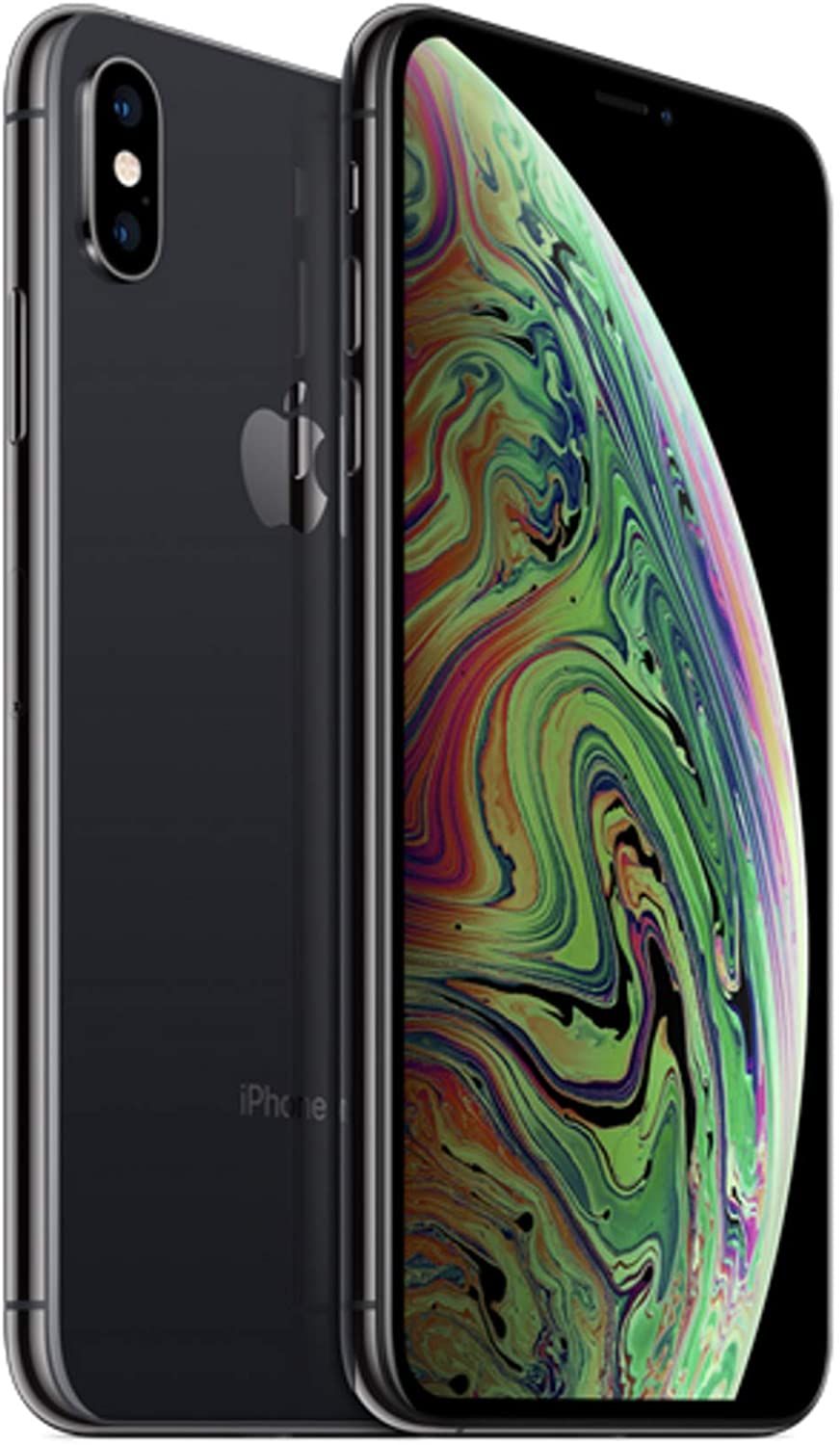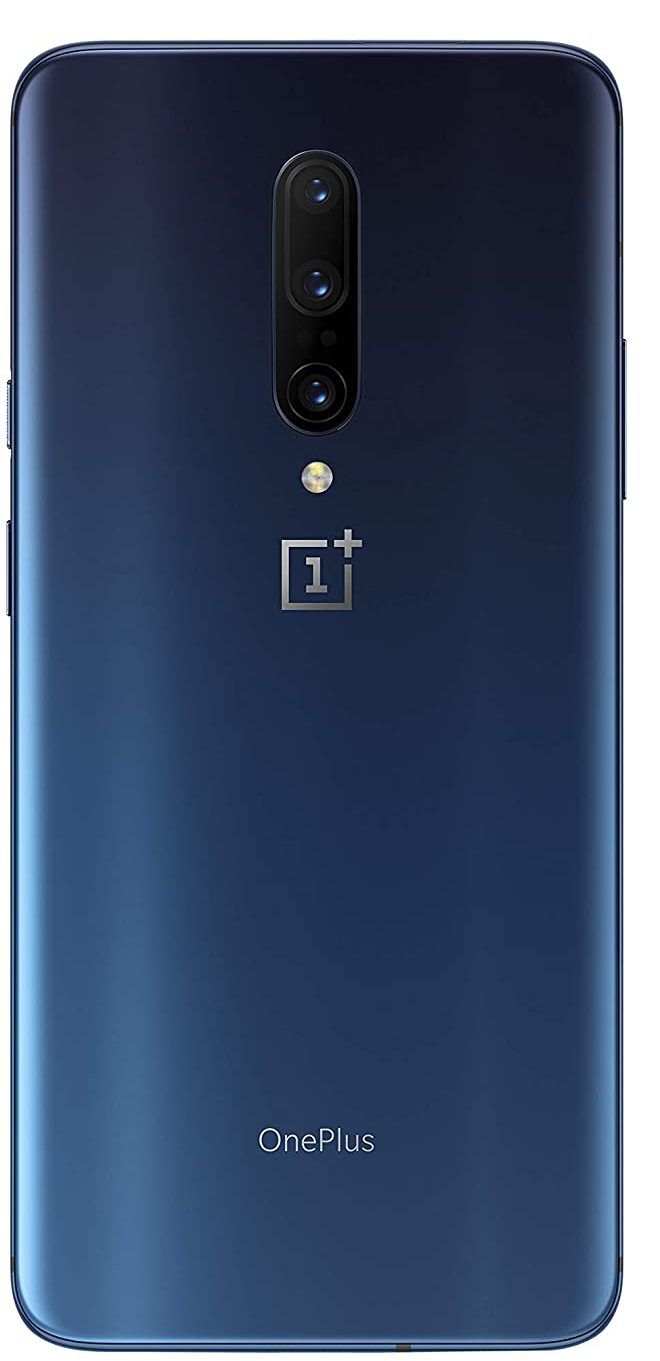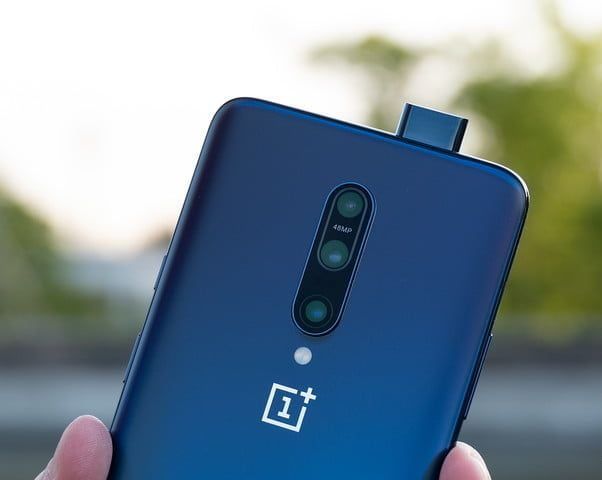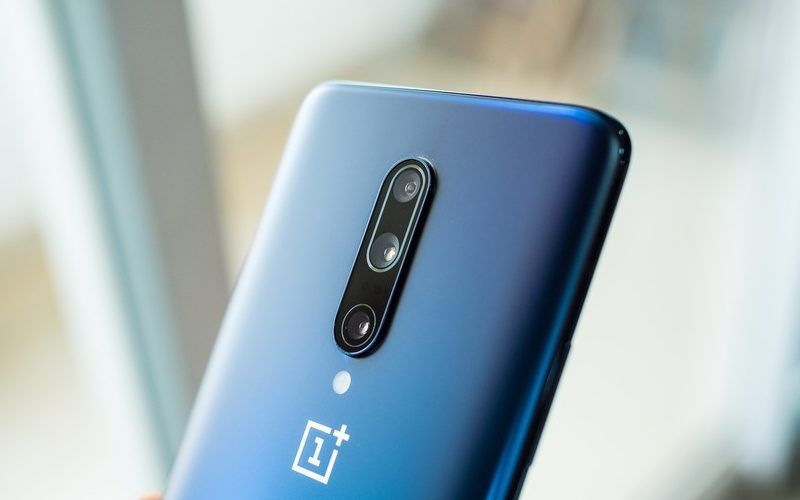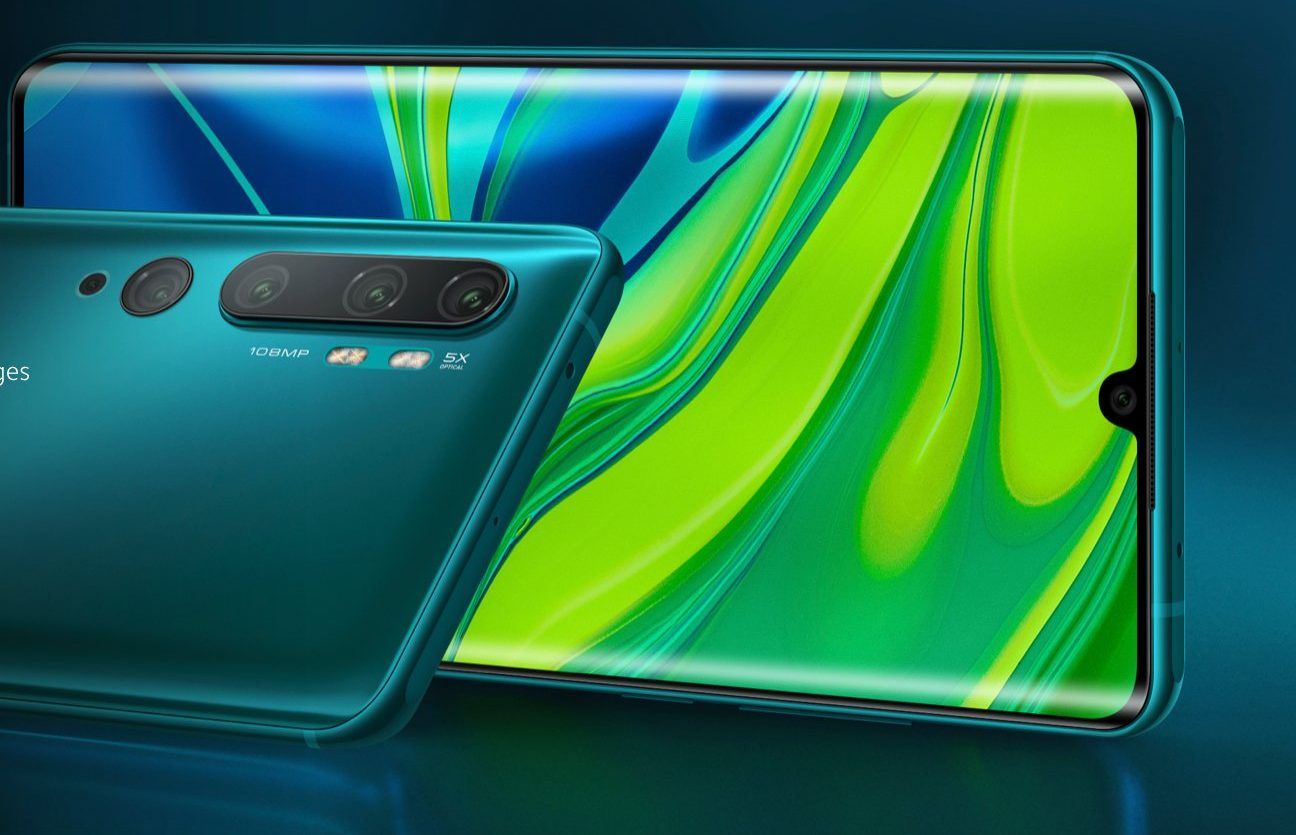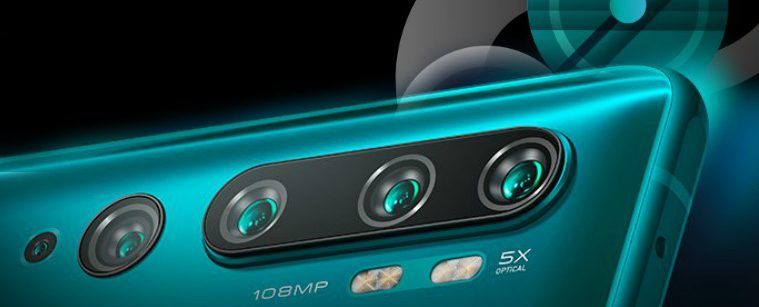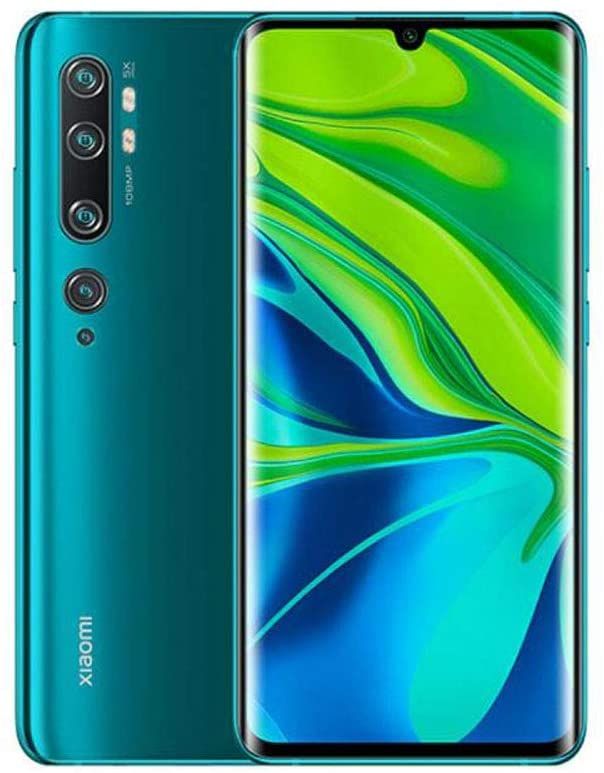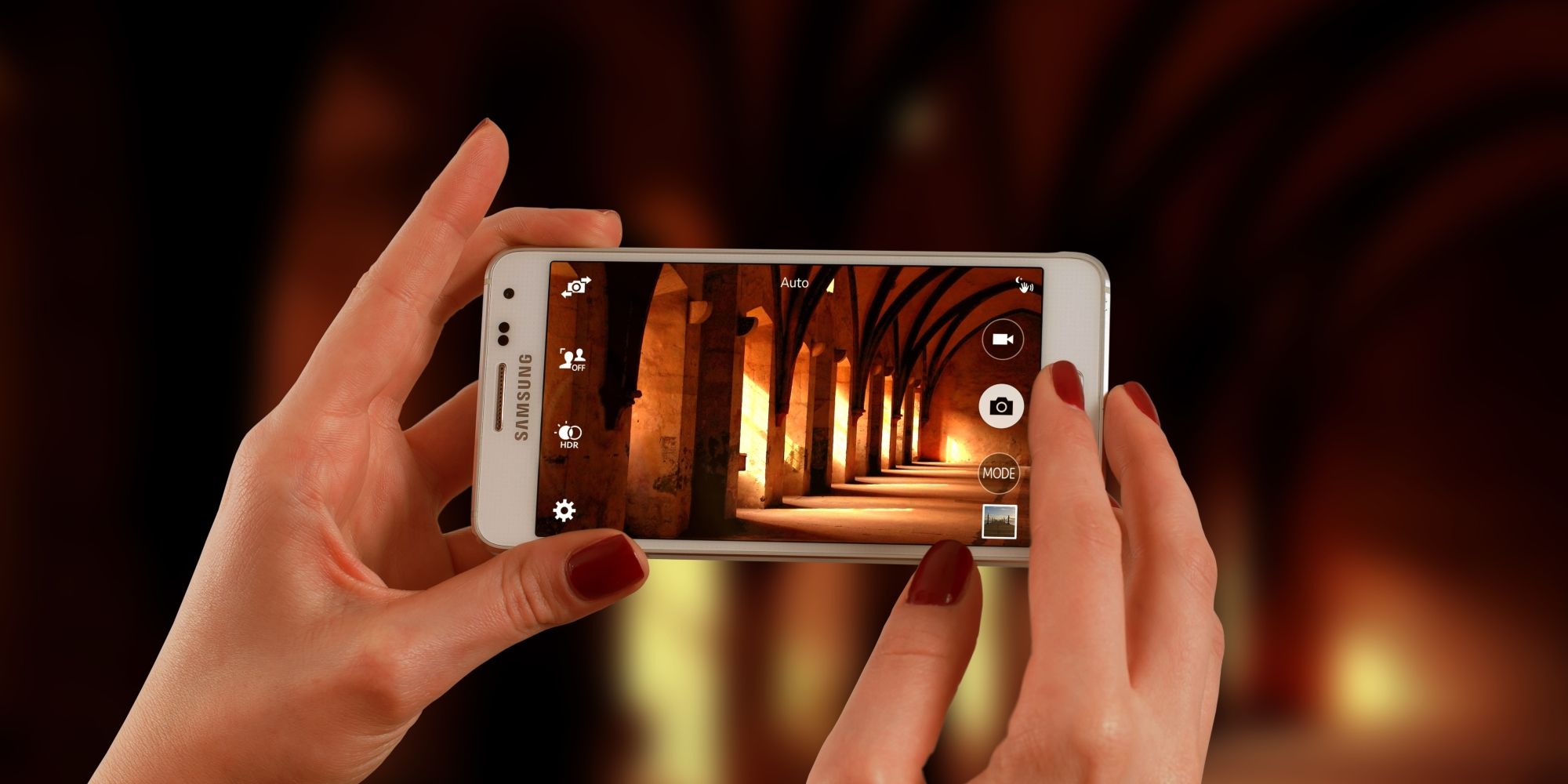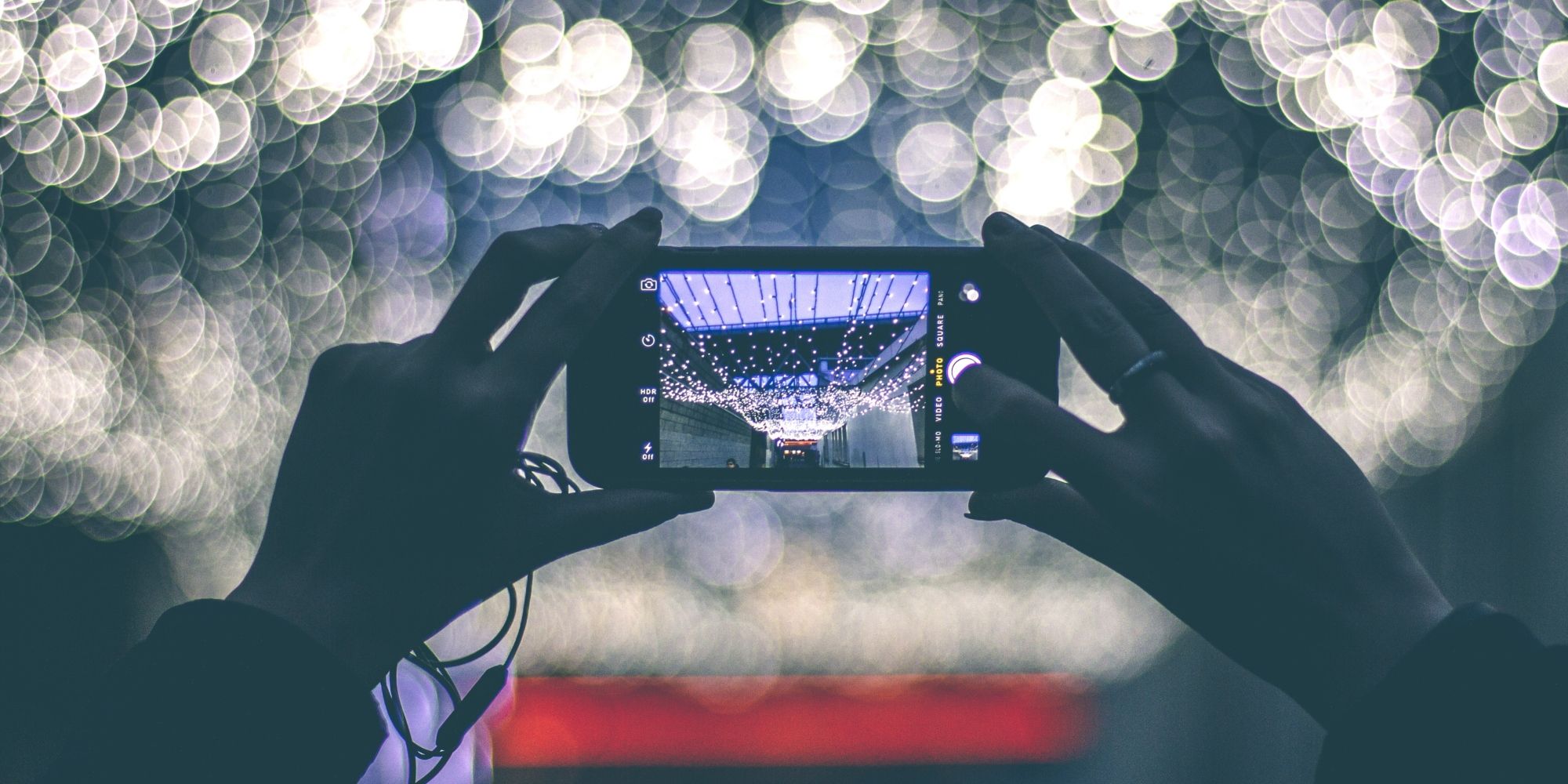- 9.25/10 1. Editors choice: Apple iPhone 11 Pro
- 9.00/10 2. Premium pick: Samsung Galaxy S20 Ultra
- 8.50/10 3. Best value: Google Pixel 3a
- 8.25/10 4. Samsung Galaxy Note 10 Plus
- 8.75/10 5. Google Pixel 4 XL
- 9.00/10 6. Huawei P30 Pro
- 8.50/10 7. Samsung Galaxy S10
- 8.25/10 8. iPhone XS
- 8.20/10 9. OnePlus 7 Pro
- 8.00/10 10. Xiaomi Mi Note 10
Does anyone carry a standalone camera anymore? With apologies to professional photographers and enthusiasts, the smartphone has supplanted the dedicated camera around the necks and in the pockets of smartphone users. Smartphone cameras have advanced to the point of competing with dedicated cameras in versatility and quality so much so that for many, there really is no point carrying around a standalone camera in addition to a smartphone.
But, does having a camera phone make one a better photographer? There are phones with advanced camera tech enough to satisfy the photophile and enthusiast alike as well as basic camera phone setups which won’t break the bank and still take great snaps. Of course, as with so many choices to tackle in life, it depends on what you as an individual want out of a camera phone. While the standalone camera with its higher quality and expanded applications will remain a choice for some, it cannot beat the convenience offered in a camera phone. And with increased quality, that convenience doesn’t necessarily mean quality has to be sacrificed.
Apple’s iPhones have been consistent with excellent image capability, and the iPhone 11 Pro continues that heritage of being some of the best camera phones on the market. Unfortunately, that excellence comes at a flagship price.
The 11 Pro comes packed with a triple-camera array featuring a 26mm focal length primary (wide) lens, a 52mm focal length telephoto lens, and a 13mm focal length ultra-wide lens. All three lenses come in at 12MP. That impressive array is accompanied by a 23mm focal length front (selfie) camera, also at 12MP. The setup produces excellent and consistent results for everyday snaps (primary camera), panoramic snaps (ultra-wide camera), and great portraits via the zoom capabilities of the telephoto camera.
A potential downside of the 11 Pro camera setup is that there is no manual mode, this camera phone is truly point-and-shoot. In addition, the 12MP standard can seem a bit lagging compared to the competition. However, the key to a good camera phone lies in the software that processes the snaps. Features such as an excellent Night Mode, Portrait Lighting, and Apple’s Smart HDR technology help produce consistent shots with natural-looking color and tones. Add in the 4K video capability at 60 fps and the 11 Pro a versatile and usable camera phone.
The 11 Pro is not for the user who wants more control in their snaps, but it is for those who want consistently excellent shots out of their camera phone. Premium snaps come at a premium price, but the functionality and quality of the 11 Pro make it an excellent choice as a camera phone.
- Triple camera array
- Night mode
- 4K video
- Consistent image quality
- Camera versatility
- 4K video
- No manual mode
Samsung has been known for producing some impressive smartphones with excellent camera capabilities. Their latest flagship offering is the Samsung Galaxy S20 Ultra, which packs just about top-of-the-line everything when it comes to a smartphone, the camera included.
The S20 Ultra has a quad-camera array with an insane 108 MP, 26mm focal length wide camera, a 48 MP, 103mm focal length periscope/telephoto camera, a 12 MP, 13mm focal length ultrawide camera and a 0.3 MP, “Time of Flight” 3D depth camera. The selfie setup is a dual 40 MP, 26mm focal length wide lens.
As you would expect (given the tech and the price!), the S20 Ultra comes with software full of features, as if being able to take 108 MP snaps wasn’t enough. The most eye-popping feature is the 100X zoom boasted by the S20 Ultra, which Samsung calls “Space Zoom.” It is definitely a great feature, but mostly just gimmicky. Another great feature is Single Take, which takes the guesswork out of what setting to use by taking up to 10 photos and four videos as you press and hold the shutter. After the AI magic, the user has options to choose from. Regardless of unending features, and some issues related to the auto-zoom, the S20 Ultra takes impressive snaps which are vibrant and detailed.
The most prohibitive aspect of the S20 Ultra may be its price, which is quite high. However, you will definitely get what you pay for with an excellent camera phone in the S20 Ultra.
- Rear quad-camera array
- 100x zoom
- Single Take
- Night Mode
- 8k video capture
- 100x zoom
- Cumbersome size
Camera phones make everyone a budding photographer, but at what cost? It is expected that flagship smartphones will feature the latest and greatest camera tech, but for many, the cost is just too prohibitive to chase those dreams of photography bliss. Google introduced the 3a as a lower-priced, and somewhat lower spec’d version, of the Pixel 3a. Despite being lower-tiered, the Pixel 3a is still an excellent camera phone.
The Pixel 3a sports the same camera setup as the Pixel 3: a 12.2 MP, 28mm focal length wide rear-facing camera, and an 8 MP, 24mm focal length wide front-facing lens. (Also note that the Pixel 3a only has one front-facing camera, the Pixel 3 has the 8 MP, plus an 8 MP, 19mm focal length ultrawide camera). The difference comes in how pictures are processed. The Pixel 3a lacks the Google Pixel Visual Core processor, so image processing has to be handled by the CPU and GPU, along with all other phone functions. This difference may mean slower image processing, but the Pixel 3a still produces excellent snaps using various modes like Photo, Video, Portrait, Panorama, impressive Night sight, Photosphere, Photobooth, Slow motion, and Time-lapse. The Pixel 3a takes snaps that are crisp, vibrant, and bright.
It may be hard to believe that a budget camera phone can take snaps that can compete with much more expensive camera phones, but the Pixel 3a does just that. It proves you don’t have to break the bank to take excellent pictures.
- Night Sight
- Super Res Zoom
- Google Assistant
- Flagship-quality camera for less
- Great low-light performance
- Google Assistant
- Lacks Google's Pixel Visual Core image processing
4. Samsung Galaxy Note 10 Plus
One of the conveniences a camera phone offers over the standalone camera is a smartphone is usually smaller than a camera (spy cameras being one of the only exceptions here) and easier to handle. That convenience takes a small knock when it comes to the Samsung Galaxy Note 10 Plus. It is a big smartphone, but it is also an impressive camera phone.
The Galaxy Note 10 Plus boasts a four-camera front-facing array that includes: a 12 MP, 27mm focal length wide camera, a 12 MP, 52mm focal length telephoto camera, a 16 MP, 12mm focal length ultrawide camera, and a 0.3 MP, “Time of Flight” 3D depth camera. The front-facing camera is a 10 MP, 26mm focal length wide lens.
You’d expect five cameras to produce great pictures, and you’d be right. The Note 10 Plus takes vibrant and brilliant snaps, which can be tweaked thanks to the many filters included in the software. There is the typical Samsung trait of some oversaturation and softening of details, but the snaps are still gorgeous. The Note 10 Plus will make anyone a selfie wizard with its Live Focus feature. Where the Note 10 Plus stands out is the versatility of how snaps can be taken. Thanks to the S Pen having Bluetooth, Air Gestures can be used to control the camera.
The Samsung Galaxy Note 10 Plus is a large phone, but it comes packed with a boatload of camera features and capabilities and remains a great choice as a camera phone.
- Selfie gesture control
- Quad-camera array
- Live Focus
- Remote camera shutter
- Night Mode
- Live Focus
- Low-light performance could be better
5. Google Pixel 4 XL
Google’s Pixel phones have been trendsetters with regard to their camera capabilities. While on paper, the Pixel 4 XL may seem lagging in comparison to other flagship phones like the Samsung S line with their three-camera arrays, the Pixel 4 XL maintains its status as an excellent still photography setup.
The Pixel 4 XL comes with a front array consisting of a 12.2 MP, 27mm focal length primary/wide camera, and a 16 MP, 50mm focal length telephoto camera. The rear-facing setup is a single 8 MP, 22mm focal length camera. It is curious that Google shied away from the triple-camera setups that have become the norm with their third, ultra-wide camera. Google’s claim that a well-executed telephoto camera is more useful than an ultra-wide camera is a claim open for endless debate. Regardless of the omission (or claim), the Pixel 4 XL is still an excellent camera phone.
The Pixel’s hardware combined with Google’s take on computational photography allows users to take striking pictures with spectacular dynamic range, excellent color accuracy, impressive details, and overall consistency in all types of lighting conditions. The Super Res Zoom feature is useful to clean up digitally zoomed snaps. One area the Pixel 4 XL shines is Night Sight, which easily tackles low light situations. Night Sight also includes Astrophotography mode for capturing the night sky in brilliant detail.
Even without the ultra-wide camera, the Pixel 4 XL holds its place as an excellent camera phone, and possibly at least the best Android camera phone.
- Super Res Zoom
- Night Sight
- Astrophotography mode
- Excellent 2X zoom lens
- Impressive white balance
- Astrophotography mode
- No ultra-wide camera
6. Huawei P30 Pro
When one thinks of camera phones, politics is usually not part of the discussion. Unfortunately, Huawei finds it embroiled in such a controversy having been deemed an Entity by the US government, which means US companies are prohibited from collaborating with Huawei. Google is, therefore, prohibited from providing its android apps on Huawei phones. Controversy aside, the Huawei P30 Pro is a standard bearer when it comes to camera phones.
The P30 Pro features a quad-camera front setup with a 40 MP, 27mm focal length wide camera, an 8 MP, 125mm focal length periscope/telephoto camera, a 20 MP, 16mm focal length ultrawide camera and a “Time of Flight” depth sensor. The selfie camera comes in at 32 MP and 26mm focal length. The setup is all the more impressive given the fact that the cameras are co-engineered with high-end camera maker Leica. Maybe more so than other camera phones, the P30 Pro emphasizes the camera over everything else.
Impressive specs, but expertise in photography is not necessary as the onboard AI does some excellent processing. The key features with the P30 Pro are the outstanding low-light performance and the “lossless” zoom functionality. In extreme low-light conditions, the snaps have industry-leading clarity and sharpness; the same can’t be said for normal low-light situations. The 5X and 10X zoom on the P30 Pro has been described as phenomenal (50X also impresses, but not very useful). In all, the P30 Pro takes exceptional quality snaps.
The camera prowess of the P30 Pro gives the unit the impression that instead of a phone with a camera, it is a camera with a phone.
- Quad-camera array
- "Lossless" zoom mode
- 50x zoom
- Excellent low-light performance
- Many modes to choose from
- 50x zoom
- No Google support
7. Samsung Galaxy S10
Though no longer the Samsung flagship, the S10 remains a very capable contender in the camera phone arena. While it suffers from a sort of middle-child syndrome between the cheaper S10e and the more expensive and additional features of the S10+, the S10 still stands firm as a good camera phone.
The rear triple-camera setup features 12 MP, 26mm focal length wide/primary lens, a 12 MP, 52mm focal length telephoto lens with 2x optical zoom, and a 16 MP, 12mm focal length ultra-wide lens. The front features a single 10 MP, 26mm focal length lens. Video capability is excellent with Digital Video Stabilization and support for HDR10+.
Samsung adds a lot of versatility and usability to the S10’s camera setup. The S10 takes really good pictures with automatic features like Live Focus in portrait mode and Scene Optimizer. The 123-degree field of view capability of the ultra-wide is a fun addition. The AI even makes suggestions with regard to the angle. Pro-mode allows for more hands-on snapping with manual adjustments such as shutter speed, aperture, ISO, brightness, and focus. Auto or manual, the S10 takes great pictures with good white balance and image stabilization.
The S10’s low light capability is good, but cannot match the quality and clarity of the night mode in the rival Pixel phones and iPhones. The lack fo a second front-facing lens like that in the S10 lowers the quality of selfies, but not appreciably.
The S10 is a very capable camera phone that takes great pictures and is versatile enough to satisfy novices and pros.
- Pro-grade triple-camera setup
- Improved camera app
- Live Focus feature
- Camera system captures every angle
- Pro mode
- Pro-grade triple-camera setup
- Night mode could be better
8. iPhone XS
There is something to be said for being the first with a new feature and related staying power. The iPhone XS may be a retired (certainly still with a presence), but it remains a very capable camera phone because of the innovations it introduced and the plain fact that it takes pretty darned good pictures.
Under the camera hood of the iPhone XS there are two front-facing cameras: a 12 MP, 26mm focal length, wide camera, and a 12 MP, 52mm focal length telephoto camera with 2X optical zoom. The selfie camera is a single 7 MP, 32mm focal length lens. On the video side, the iPhone XS takes 4K video at 60 fps and 1080p Full-HD at up to 240fps.
While the camera specs of the iPhone XS may not impress by today’s flagship camera phone standards, in fact, the specs of the iPhone XS camera setup is very similar to what the iPhone X offered. However, the iPhone XS introduced Apple’s Smart HDR image processing system, which captures a variety of shots at different exposures and combines them into a single image. The iPhone XS also boasts zero shutter lag. Technical specs aside, Smart HDR on the iPhone XS produces stunning snaps with vibrant colors that pop.
As is typical of iPhone cameras, the iPhone XS’s camera is easy to use as most of the image processing is done automatically, without much user input. While this may not be a selling point to those wanting more input in their snaps, it adds to the convenience that others want out of a camera phone. Regardless of one’s interest in a camera phone, s a point and shoot option, the iPhone XS still pleases.
- Smart HDR
- Dual-camera array
- Optical image stabilization
- Good lower-light shooting
- Excellent portrait mode
- Smart HDR
- No pro-mode
9. OnePlus 7 Pro
The smartphone market is a hard one for newcomers or the lesser-known to standout. An unknown name has to do something the others don’t, like taking better pictures or offering features that the others don’t. OnePlus makes its mark by offering a unique (and cool) feature to go along with a very capable snapper in the OnePlus 7 Pro.
The OnePlus 7 Pro comes with a triple-camera rear array; one is a 48 MP, 26mm focal length lens, two is an 8 MP, 78mm focal length telephoto lens, and the third a 16 MP, 17mm focal length ultrawide lens. The front camera is a motorized pop-up 16 MP, 25mm focal length wide selfie snapper. What...what?! Yep, the selfie camera is that unique feature that the OnePlus 7 Pro has that no other camera phone does.
Unique feature aside, the OnePlus 7 Pro is a very capable snapper. The OnePlus 7 Pro produces accurate and detailed photos. It has features you would expect out of a flagship phone, well-known or otherwise like fast autofocus, a very good portrait mode, and good low-light capability with the Nightscape mode. In many areas like good lighting situations, the OnePlus 7 Pro can produce snaps on par with the big boys, however other photo scenarios find the OnePlus 7 Pro lacking the wow factor one can get from the competition like Samsung, Apple, and Google. But, let’s not forget that pop-up selfie camera. The cool factor alone makes the OnePlus 7 Pro a viable camera phone option.
The OnePlus 7 Pro shows that a lesser-known option can perform well as a camera phone. It does cost a bit less than other flagship offerings, but possibly not enough to make it a popular choice as a camera phone. But, the One Plus 7 Pro is a very capable and versatile snapper worth a look.
- Triple-camera array
- Pop-up selfie camera
- Nightscape low-light mode
- Fast autofocus
- Excellent portrait mode
- Triple-camera array
- Nightscape can be hit or miss
10. Xiaomi Mi Note 10
Camera phones are on a continual cycle of innovation and improvement. We have come to expect that this year’s model will be better and offer new features that were not on last year’s. But, being the first to do something doesn’t necessarily mean the effort will be worthwhile. The Xiaomi Mi Note 10 is an example of excelling at doing something for the first time.
The Mi Note 10 sports a penta (yeah, I had to look that up, it’s five)-camera setup featuring: a 108 MP, 25mm focal length wide lens, a 12 MP, 50mm focal length telephoto lens, an 8 MP, 94 mm focal length telephoto lens, a 20 MP, 13mm focal length ultrawide lens, and a 2 MP, macro lens. Phew! That’s a lot of cameras. But, there’s also a 32 MP, 26mm focal length front-facing camera. The Mi Note 10’s claim to fame is being the first smartphone with a 108 MP camera. The camera is made by Samsung and eventually ended up on the Samsung Galaxy S20 Ultra.
The star of the show is the 108 MP camera, which takes incredible snaps that are rich and bright. As to be expected, it takes some time to process 108 MP pictures, and the Mi Note 10 does suffer in this area. With so many lenses, there are tons of shooting modes, and thankfully, the Mi Note 10’s automation does a great job at doing the hard processing/choosing work for you (if not sometimes too much so). This is a good thing because the other lenses don’t quite live up to the quality produced by the 108 MP, but they still produce good quality snaps.
There’s always a first, and the Xiaomi Mi Note 10 was so with the 108 MP camera. That novelty may no longer be unique, but it remains a strong camera phone contender.
- 108 MP main camera
- Five-camera array
- A.I. scene detection
- First 108 MP camera
- Tons of shooting modes
- Five-camera array
- Aggressive HDR
A lot has changed since 1999 when the first camera phone was introduced via the Kyocera Visual Phone VP-210. Arguments about who came up with the concept of a cellphone that could also take pictures and Wikipedia’s take aside, the VP-210 was the first commercially produced camera phone. The innovations the VP-210 brought to cellphone users like a 0.11 megapixel (MP) camera have been summarily left in the dust of history by the evolution of the camera phone. From those humble beginnings, we now have phones sporting multiple cameras, taking shots at up to 108 MP, and with features that can make anyone feel like a professional photographer like image stabilization, auto-focus, low-light capability, and the like. Camera phone tech has developed so much so that cellphone users have come to expect quality out of the cameras in their smartphones. According to Statista.com, camera quality is within the top 5 most desired smartphone features.
DSLR Versus Camera Phones
One knock on camera phones is that they cannot produce the same level of quality as that from a standalone setup like mirrorless or digital single-lens reflex (DSLR) cameras. It is true that a DSLR offers more flexibility with regard to fine-tuning taking snaps with interchangeable lenses and editing abilities, it is not necessarily true that smartphone users want the same functionality out of their camera phones. When I’m taking snaps with my smartphone, I’m not really worried about megapixels, exposure, white balance, and other esoteric photography details. But, ultimately, I am interested in the same thing a professional photographer, is it a good picture? Mind-blowing technical specifications can be impressive, but if I, as a user, don’t like the quality it produces, they don’t mean that much to me. Both standalone cameras and camera phones have needs that they fit, and as such, the DSLR will not be replaced by the camera phone.
AI Image Processing
Smartphone manufacturers have been quick to meet the ever-increasing desire for quality out of camera phones. Big manufacturers like Apple, Google, and Samsung continually push the envelope with camera phone capabilities giving users more and more features and artificial intelligence to take better and better snaps in any and every situation. Some do offer the ability to make pro-style adjustments, but the real star of the camera phone show is in taking care of all of that fine-tuning for the user through AI image processing. Called computational photography, it does all the heavy lifting and most, if not all, camera phones today come with it packed in under the hood. It builds on the one thing that standalone cameras can never touch, convenience. Not only does the camera phone offer the convenience of not having to carry around another device, but it also takes away the guesswork in taking quality snaps.
With all this in mind, the question becomes, what is the best camera phone? Of course, a lot depends on what a user wants out of a camera phone besides taking great pictures; some want just point and shoot, others want more hands-on ability. This best of features camera phones that will suit just about any camera phone need.


